Creating a website that performs well in search results requires more than just technical know-how. Many developers and content creators unknowingly adopt practices that harm both user experience and search engine rankings. This guide highlights those missteps so you can build a stronger online presence.
Outdated tactics like keyword stuffing or duplicate material might seem harmless, but they often backfire. Search engines prioritize sites offering genuine value to visitors. When content feels manipulative or repetitive, it erodes trust and visibility.
Poor linking strategies also pose risks. Broken internal links frustrate users, while low-quality external links can trigger penalties. Staying informed about modern SEO standards helps prevent these issues before they impact your site’s performance. When exploring how engaging in niche communities boosts your backlink profile, you’ll find valuable insights in this article on forum posting techniques.
We’ll explore real-world examples of corrections, from refining meta tags to improving page speed. By the end, you’ll have actionable steps to create content that satisfies both search algorithms and human audiences.
Key Takeaways
- Overloading pages with keywords reduces readability and SEO performance.
- Duplicate content confuses search engines and lowers ranking potential.
- Broken links harm user navigation and credibility.
- Slow-loading pages increase bounce rates and frustrate visitors.
- Ignoring mobile optimization limits reach in search results.
Introduction to SEO Pitfalls
Building a strong online presence starts with recognizing common traps. Many businesses focus solely on technical tweaks while overlooking foundational errors that sabotage their search engine results. These missteps range from outdated tactics to neglecting human visitors.
SEO and Its Impact on Online Visibility
Search engine optimization shapes how easily audiences find your website. When done poorly, it creates roadblocks. For example, stuffing pages with keywords might temporarily boost rankings, but search engines now penalize such manipulation.
Broken links or duplicate content confuse algorithms. They struggle to determine which pages deserve priority. This often pushes valuable information lower in results, reducing organic traffic over time.
Balancing technical precision with user experience is critical. Slow-loading pages frustrate visitors, increasing bounce rates. Similarly, irrelevant backlinks erode trust with both users and search crawlers.
Modern SEO requires adaptability. What worked five years ago—like exact-match anchor text—now raises red flags. Staying updated on best practices ensures your content remains visible and valuable. For hands‑on examples using Python to perform named entity recognition, topic modeling, and lemmatization that go beyond surface-level keyword analysis, see our tutorial on how to use Python for NLP and semantic SEO, which demonstrates how these methods boost content depth and user intent alignment.
Understanding Bad SEO Practices
Effective SEO balances technical precision with audience needs. Some strategies cross ethical lines, creating short-term gains but long-term penalties. Let’s explore tactics that harm credibility.
What Constitutes Unethical SEO Techniques
Keyword stuffing remains a common offender. Overloading pages with repetitive phrases makes content robotic. Search engines like Google explicitly warn against this in their guidelines, as it prioritizes algorithms over human readers.
Duplicate material presents another red flag. Copying product descriptions across multiple pages confuses crawlers. For example, an e-commerce site reusing identical specs for similar items might see rankings drop for all versions. For SEOs debating between popular platforms, this guide comparing Trust Flow credibility in Moz and Majestic can help inform your choice.
| Unethical Practice | Immediate Impact | Long-Term Consequences |
|---|---|---|
| Keyword stuffing | Lower readability scores | Search engine penalties |
| Duplicate content | Crawler confusion | Reduced page authority |
| Topic cannibalization | Internal competition | Diluted ranking potential |
Targeting the same topic repeatedly splits your site’s authority. Imagine publishing three articles about “best running shoes.” Search engines struggle to pick a primary page, weakening all three.
Focus on clear information architecture. Group related topics under silos and consolidate overlapping pages. This approach satisfies both crawlers and visitors seeking organized answers.
Keyword Stuffing and Overuse
Balancing keyword use without compromising readability remains a challenge for many creators. While early SEO practices rewarded repetition, modern algorithms now penalize forced phrasing that disrupts natural communication.
Identifying Excessive Keyword Usage
Keyword stuffing occurs when terms appear unnaturally often, like cramming “best running shoes” eight times into three sentences. This practice makes content feel robotic:
- Overloaded: “Our best running shoes provide arch support for runners seeking the best running shoes with durability.”
- Natural: “These durable sneakers offer comfort for joggers, featuring responsive cushioning and reinforced soles.” It’s crucial to understand why FTP access is essential for many optimization tactics—our article on why an SEO company needs FTP support dives into this fundamental requirement.
Embracing Semantic SEO Strategies
Search engines now analyze context through tools like Google’s BERT algorithm. Instead of repeating phrases, use related terms:
| Practice | Content Example | Impact |
|---|---|---|
| Keyword stuffing | “Affordable laptops cheap, budget laptops inexpensive” | Readability score: 62 |
| Semantic SEO | “Cost-effective notebooks with value-driven specs” | Readability score: 81 |
Focus on user intent rather than exact matches. Tools like SurferSEO or Clearscope help identify related terms while maintaining conversational flow. For instance, a page about hiking boots might include “waterproof footwear” or “trail grip technology” instead of repeating “best hiking shoes.” Companies aiming to expand across Europe will find our article on cross-border link-building in Europe especially valuable.
Regularly audit content using free tools like YoastSEO. Aim for keyword density below 2%, and prioritize answering questions your audience actually asks.
Over-Optimized Anchor Text and Poor Linking Strategies
Links act as digital bridges between pages, but forced connections undermine their value. Overusing exact-match phrases like “cheap running shoes” in anchor text raises red flags for modern search engine algorithms. This practice often leads to manual penalties or reduced crawl efficiency.
Building Trust Through Anchor Diversity
Natural linking blends branded terms, descriptive phrases, and generic calls-to-action. Consider these examples:
| Anchor Type | Example | SEO Impact |
|---|---|---|
| Branded | “Nike Air Max” | Strengthens brand recognition |
| Descriptive | “Lightweight trail runners” | Clarifies linked content |
| Generic | “Learn more” | Reduces optimization strain |
“Anchor text should provide context for both users and crawlers. When every link is perfectly optimized, none stand out.”
Google Search Essentials Guidelines
Four practical tips improve internal links without manipulation:
- Use 60% partial-match anchors (“durable sneakers” instead of exact phrases)
- Link deep pages to cornerstone content
- Pair text links with relevant images using alt attributes
- Audit link equity flow monthly with tools like Screaming Frog
Modern engine optimization thrives on balanced design. Smooth navigation paths keep visitors engaged while signaling content hierarchy to crawlers. A page about hiking gear might link to “waterproof jackets” using natural phrasing rather than repetitive keyword anchors.
Chasing Low-Quality and Irrelevant Backlinks
Not all links boost your site’s authority. Some harm rankings by signaling poor judgment to search engines. Building connections with unrelated blogs or spammy directories often backfires, leading to manual penalties or algorithmic demotions. To diversify your backlink portfolio, consider strategic Quora participation for SEO gains as a low-cost and scalable approach.
High-Quality Versus Low-Quality Links
Authoritative links come from trusted sources like educational institutions or industry publications. These improve website credibility and drive targeted traffic. In contrast, links from irrelevant forums or paid link networks erode trust.
| Link Type | Source Example | SEO Impact |
|---|---|---|
| High-Quality | University research paper | Boosts domain authority |
| Low-Quality | Link farm directory | Triggers penalties |
Strategies for Ethical Link Building
Focus on relationships over quantity. Tools like Ahrefs help analyze competitors’ backlink profiles to identify legitimate opportunities. For example, reaching out to sites linking to broken resources (broken link building) creates win-win partnerships.
“Links should reflect genuine editorial endorsements. Manipulative practices compromise a site’s standing in search results.”
Google Search Essentials
Three proven tactics for sustainable growth:
- Collaborate with niche influencers for guest posts
- Create shareable infographics that solve industry problems
- Fix broken external links on authoritative sites
Regularly audit your website’s backlinks using SEMrush. Remove toxic links through Google’s Disavow Tool to protect rankings. Remember, engine optimization thrives when links reflect real-world value.
Avoiding Duplicate Content and Cannibalization
Originality fuels search visibility. Repeating material across your site confuses algorithms and splits ranking power. Search engines may index multiple duplicate content versions, diluting authority for all affected pages. For a strategic overview on optimizing your product pages and site structure within Shopify, check out the article on addressing SEO challenges in Shopify.
Quality Over Quantity Wins
Identical product descriptions or blog posts create internal competition. For example, an online store using the same specs for three similar backpacks risks cannibalization. Each page competes for the same keywords, weakening their collective potential.
Regular audits help spot overlaps. Tools like Siteliner scan for matches, while AI checkers like Copyscape flag unintentional duplicate phrasing. Consolidate redundant pages through 301 redirects or canonical tags that tell crawlers which version to prioritize.
“Canonicalization helps solve duplication issues by specifying the preferred URL. Use it when similar content exists across multiple locations.”
Google Search Central
Clear hierarchies guide both users and crawlers. Link related articles to cornerstone resources using descriptive internal links. A camping gear site might connect “best hiking tents” to “weatherproof shelter tips,” creating logical pathways.
Unique material builds trust. Answer specific questions in-depth rather than rehashing surface-level points. This approach satisfies user experience needs while preventing penalties from suspiciously similar content.
What Should You Avoid When Developing A Search Optimized Website
Navigating search engine optimization challenges requires awareness of common missteps that derail visibility. Many creators fall into traps that harm rankings while trying to “game” algorithms. Let’s recap critical errors and reinforce solutions.
Unethical practices like keyword stuffing or duplicate content remain top offenders. Overloading pages with repetitive phrases creates robotic text, while copied material confuses crawlers. Both trigger penalties from modern search engines.
Poor design choices also hurt performance. Slow-loading layouts frustrate visitors, and non-responsive templates alienate mobile users. Google’s Core Web Vitals now prioritize user experience, making technical excellence non-negotiable.
| Mistake | Impact | Solution |
|---|---|---|
| Exact-match anchor text overuse | Algorithmic penalties | Mix branded and descriptive links |
| Ignoring mobile optimization | Higher bounce rates | Implement responsive design |
| Neglecting content audits | Cannibalized rankings | Merge duplicate pages |
“Focus on delivering helpful, reliable content that prioritizes people-first experiences.”
Google Search Essentials
Regularly test page speed using tools like PageSpeed Insights. Update outdated websites with structured data markup to enhance crawlability. For example, adding schema to product pages can boost rich snippet eligibility.
Effective SEO demands vigilance. Monitor rankings monthly and adapt strategies as algorithms evolve. Review earlier sections for actionable steps to fix these issues and maintain sustainable growth.
Neglecting User Experience and Mobile Optimization
Visitors abandon sites that feel clunky or unresponsive. Over 50% of web traffic comes from mobile devices, yet many sites still lack basic mobile-friendly features. Slow load times and confusing layouts frustrate users, leading to higher bounce rates and lost revenue.
Improving Page Speed and Navigation
Page speed directly impacts engagement. A one-second delay can reduce conversions by 7%. Tools like Google PageSpeed Insights analyze performance gaps, suggesting fixes like compressing images or minimizing code.
Simplify navigation with clear menus and internal links. Users should find information in three clicks or fewer. For example, an online store might group “Men’s Running Shoes” under broader categories like “Footwear” to streamline browsing.
“Speed isn’t just a ranking factor—it’s a critical component of user satisfaction.”
Google Search Central
Creating a Mobile-Friendly Environment
Google prioritizes mobile-first indexing, meaning your site’s mobile version determines rankings. Test responsiveness using Google Search Console. Elements like buttons should adapt to smaller screens without losing functionality.
Four mobile optimization tips:
- Use responsive design that adjusts to any device
- Optimize media files for faster loading
- Avoid pop-ups that block content on phones
- Enable accelerated mobile pages (AMP) for critical content
Regularly audit your site’s mobile experience. Check touch targets (like links) are spaced properly and text remains readable without zooming. These adjustments improve both user experience and search visibility.
Dangers of “Set and Forget” SEO and Generic Advice
SEO success demands constant attention, not a one-time checklist. Search algorithms evolve monthly, and yesterday’s winning tactics often become tomorrow’s penalties. A stagnant strategy risks losing ground to competitors adapting to trends like voice search or AI-driven search engine results.
Continuous Monitoring and Adaptation
Google updates its algorithm thousands of times yearly. A 2021 study found 42% of sites using outdated optimization practices saw ranking drops after core updates. Regular audits spot vulnerabilities like broken links or obsolete keyword targeting.
For example, a blog post titled “Best SEO Tools 2020” loses relevance each year. Refreshing it to “2024” with current data and video tutorials boosts its value. Tools like Google Search Console track performance shifts, revealing pages needing updates.
“SEO isn’t a project with an end date. It’s an ongoing process of improvement.”
Google Search Central
| Outdated Approach | Modern Solution |
|---|---|
| Annual content reviews | Quarterly audits + trend monitoring |
| Generic meta descriptions | Dynamic snippets using schema markup |
Three steps to stay competitive:
- Analyze traffic monthly using analytics tools
- Update statistics and case studies yearly
- Test new formats (videos, FAQs) for search engine rankings
Prioritize flexibility. When engines prioritize page experience metrics, shift focus to mobile speed. Pair Google Search Console with heatmaps to identify UX pain points. This proactive approach sustains visibility despite algorithmic shifts.
Conclusion
Sustainable SEO success hinges on avoiding shortcuts and prioritizing user trust. Steering clear of pitfalls like keyword stuffing, duplicate content, and broken links preserves your site’s credibility. These missteps not only hurt rankings but also alienate visitors seeking reliable information.
Focus on strategies that deliver lasting results. Regular content audits, mobile-friendly design, and natural internal linking improve both search engine performance and user experience. Tools like Google Search Console help track progress while identifying areas needing refinement.
Ethical practices build organic traffic over time. Transparent tactics—like creating original material and earning quality backlinks—establish authority. This approach satisfies algorithms while genuinely helping people find solutions.
Consider consulting SEO professionals if technical aspects feel overwhelming. They can implement advanced fixes, from schema markup to page speed optimization, ensuring your website meets modern standards.
Remember, search algorithms evolve constantly. Staying informed about updates and adjusting strategies keeps your content competitive. Consistent effort, not quick fixes, drives sustainable visibility and results.
FAQ
How does keyword stuffing hurt search engine rankings?
Keyword stuffing makes content feel robotic and spammy, which reduces user engagement. Search engines like Google penalize sites for unnatural keyword density, lowering rankings. Focus on semantic SEO by using related terms and prioritizing readability.
Why should anchor text be diversified in internal linking?
Over-optimized anchor text (e.g., repeating the same keyword) signals manipulation to search engines. Mix branded phrases, long-tail keywords, and natural language to create a balanced, user-friendly linking strategy that boosts credibility.
What risks come with low-quality backlinks?
Low-quality backlinks from irrelevant or spammy sites can trigger Google penalties, harming rankings. Prioritize earning links from authoritative domains in your niche through partnerships, guest posts, or data-driven content.
How does duplicate content affect SEO performance?
Duplicate content confuses search engines, splitting ranking potential between pages. Use tools like Copyscape to check uniqueness, and consolidate similar pages with 301 redirects or canonical tags to avoid cannibalization.
Why is mobile optimization critical for SEO?
Over 60% of web traffic comes from mobile devices. Google prioritizes mobile-first indexing, so slow-loading or non-responsive designs hurt rankings. Test speed via Google PageSpeed Insights and adopt AMP for heavy pages.
Can “set and forget” SEO strategies work long-term?
SEO requires constant adaptation due to algorithm updates and competition. Regularly audit your site using Google Search Console, track keyword shifts, and update content to maintain visibility in search engine results.
How does poor navigation impact user experience?
Confusing menus or broken links frustrate visitors, increasing bounce rates. Search engines interpret this as low-quality content. Simplify site structure with clear categories, breadcrumbs, and internal links to keep users engaged.
What’s the danger of content cannibalization?
Targeting the same keyword across multiple pages splits ranking authority. Merge overlapping content or differentiate pages by focusing on unique subtopics, ensuring each piece offers distinct value to users and search engines.
What should you avoid when developing a search-optimized website to ensure long-term SEO success?
When building a search-optimized site, avoid keyword stuffing, slow-loading pages, thin content, and broken links. One of the most common issues is unclear site structure, which confuses search engines. Whether you’re asking what should you avoid when developing a search-optimized website or what should you avoid when developing a search optimize website, the answer includes ignoring mobile responsiveness, failing to implement metadata properly, and using duplicate content.

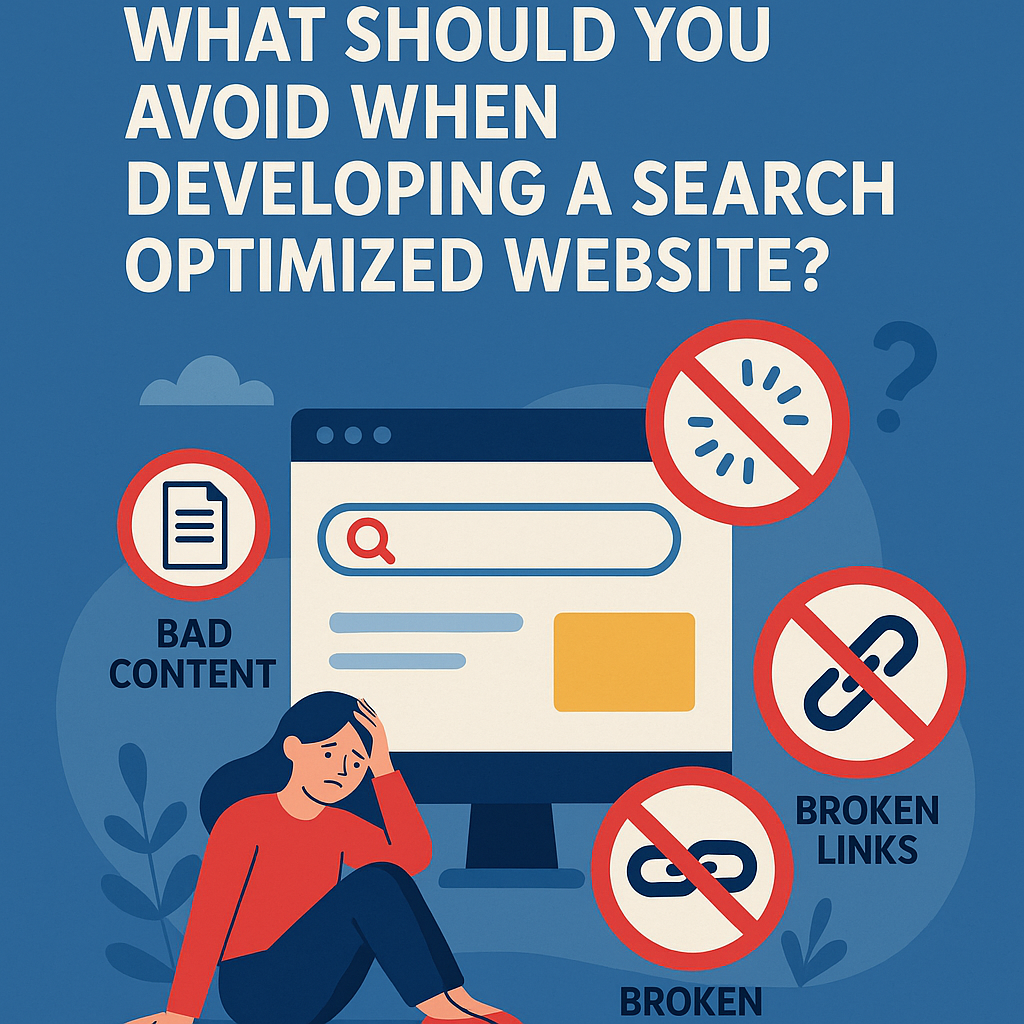
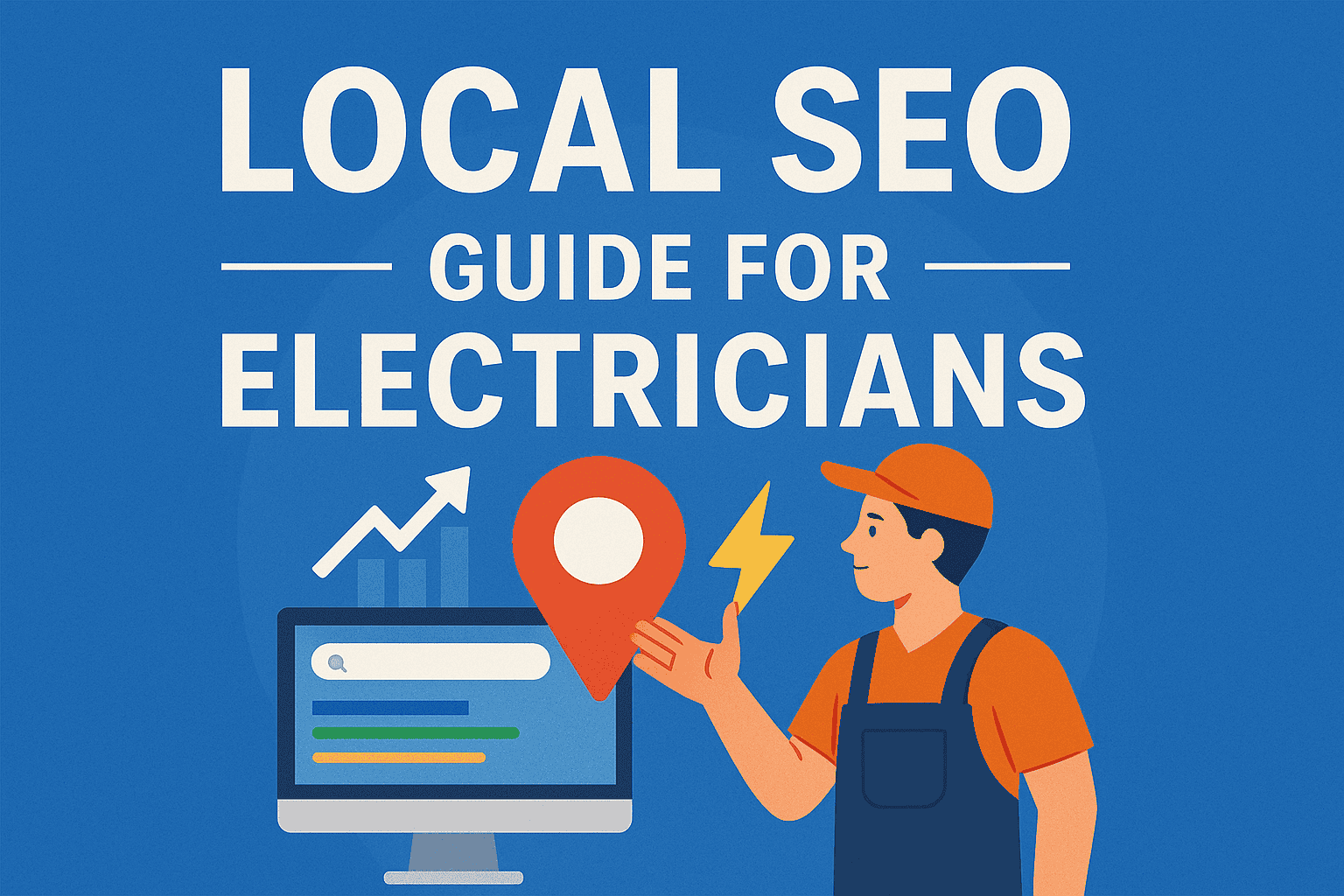
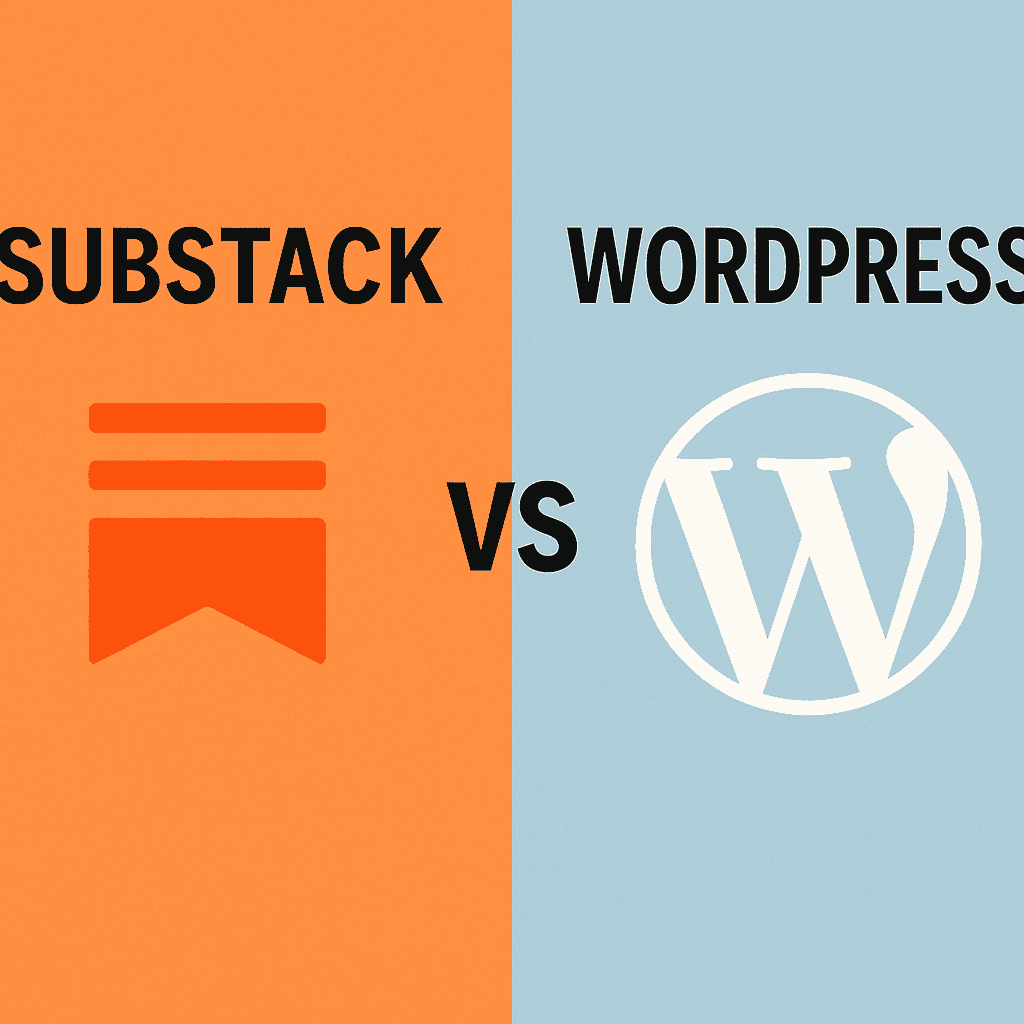

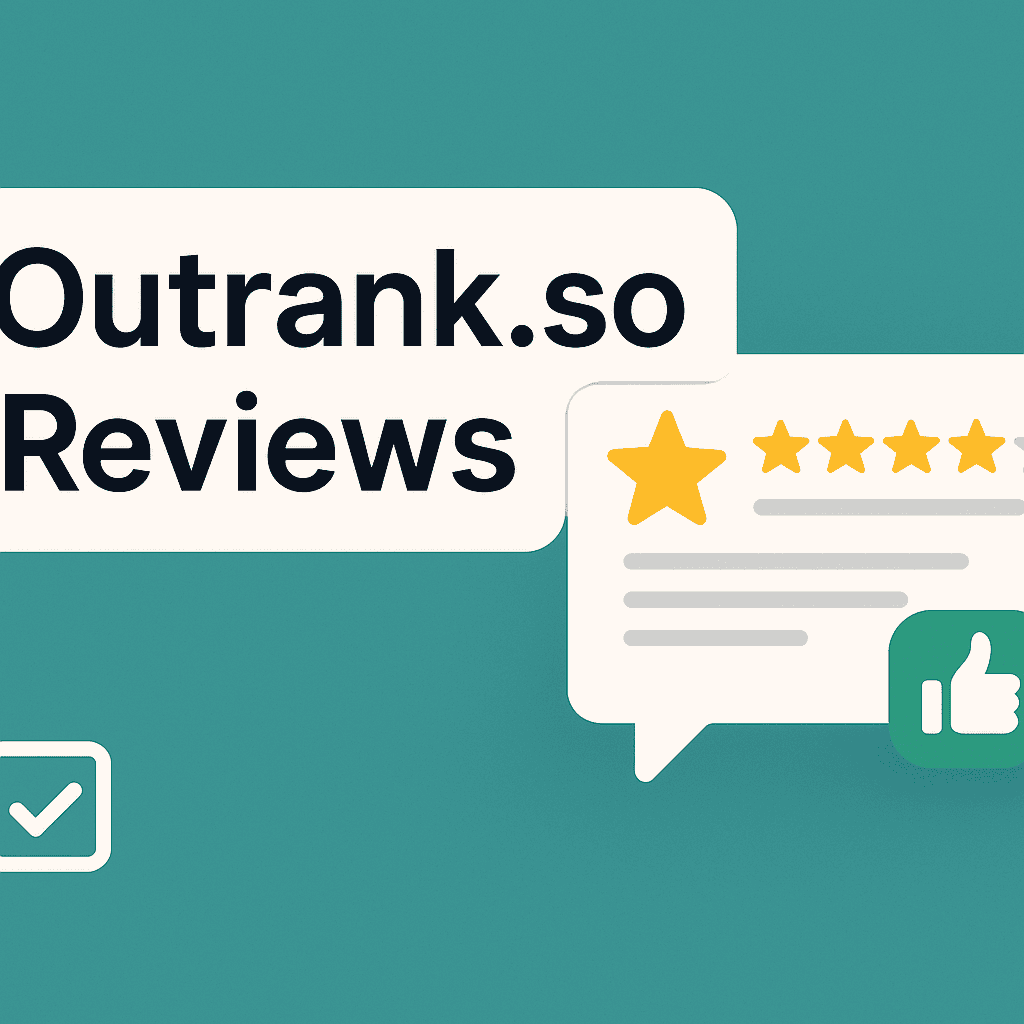




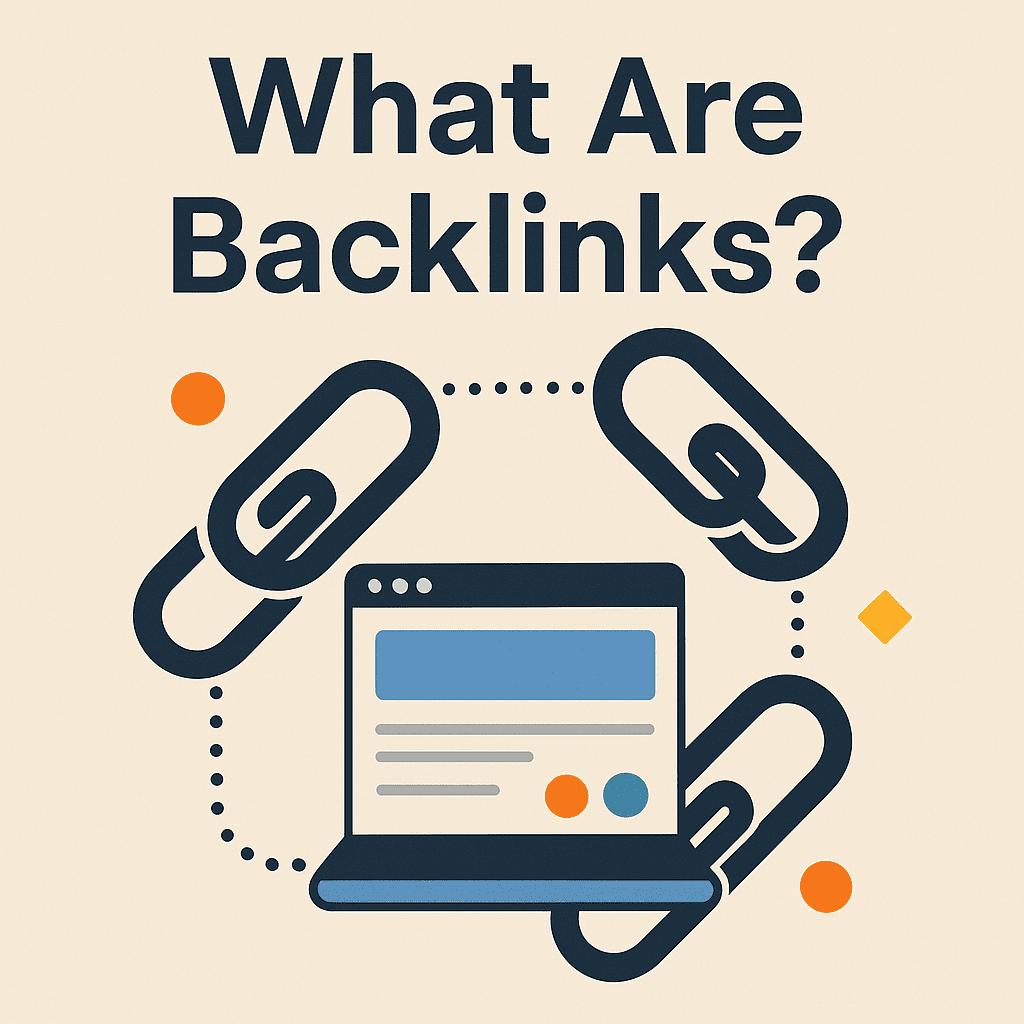
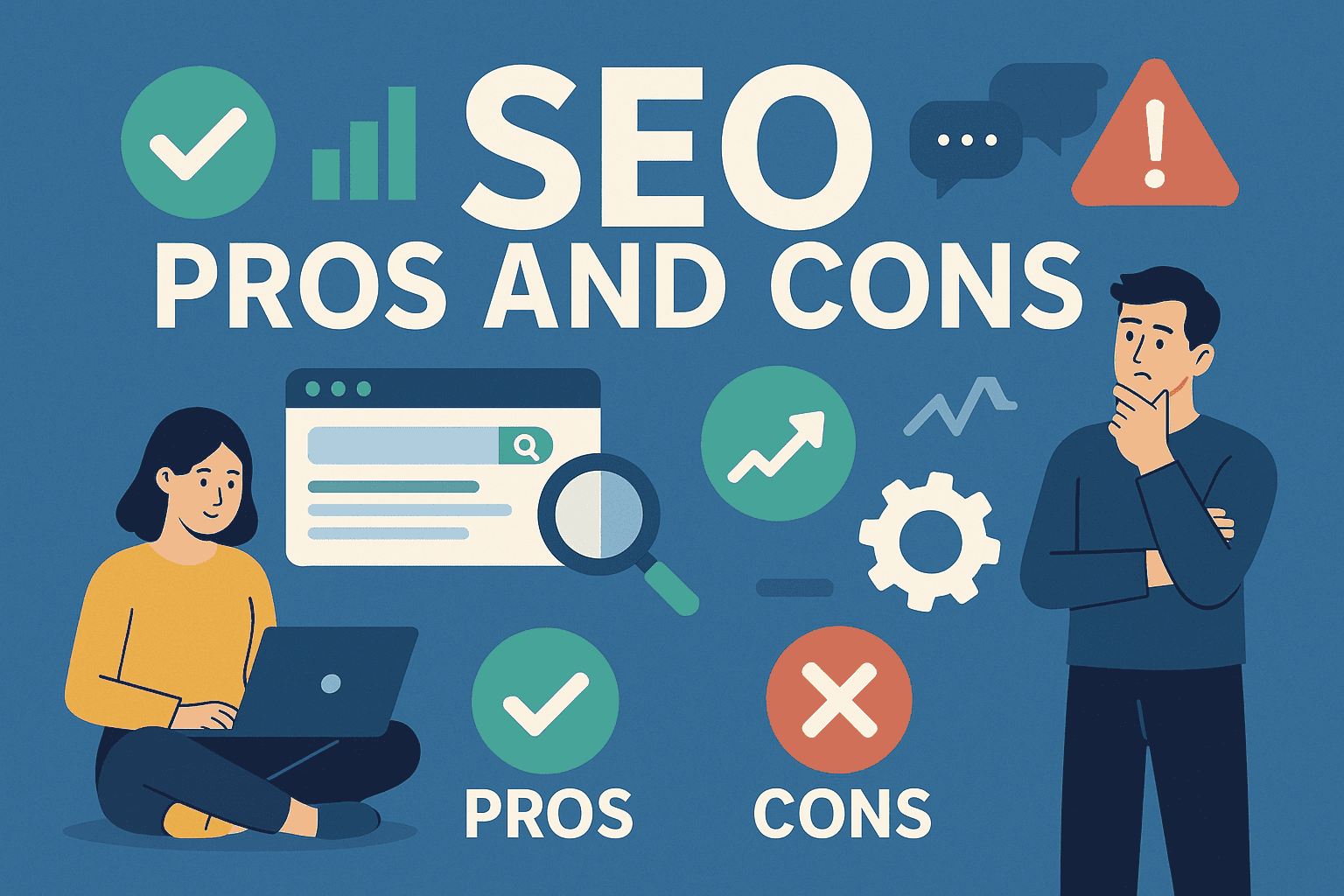

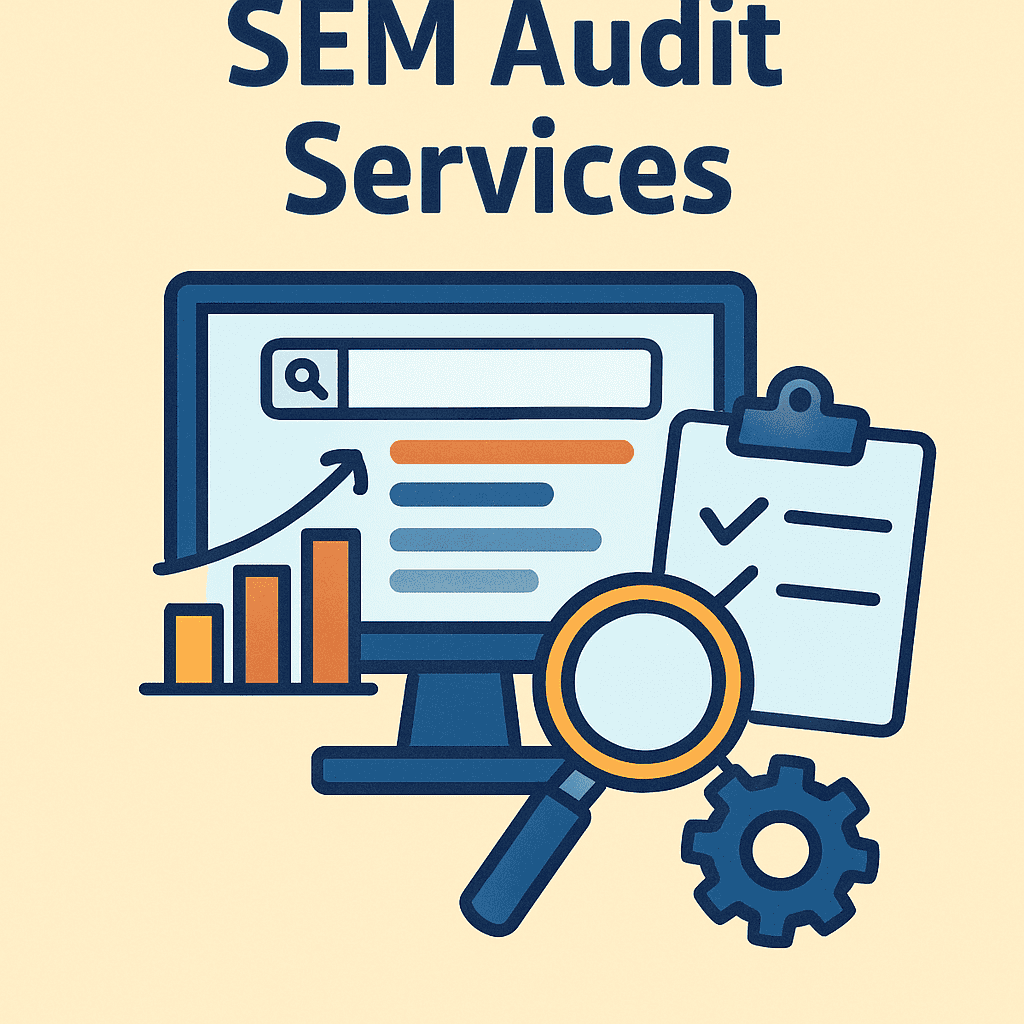









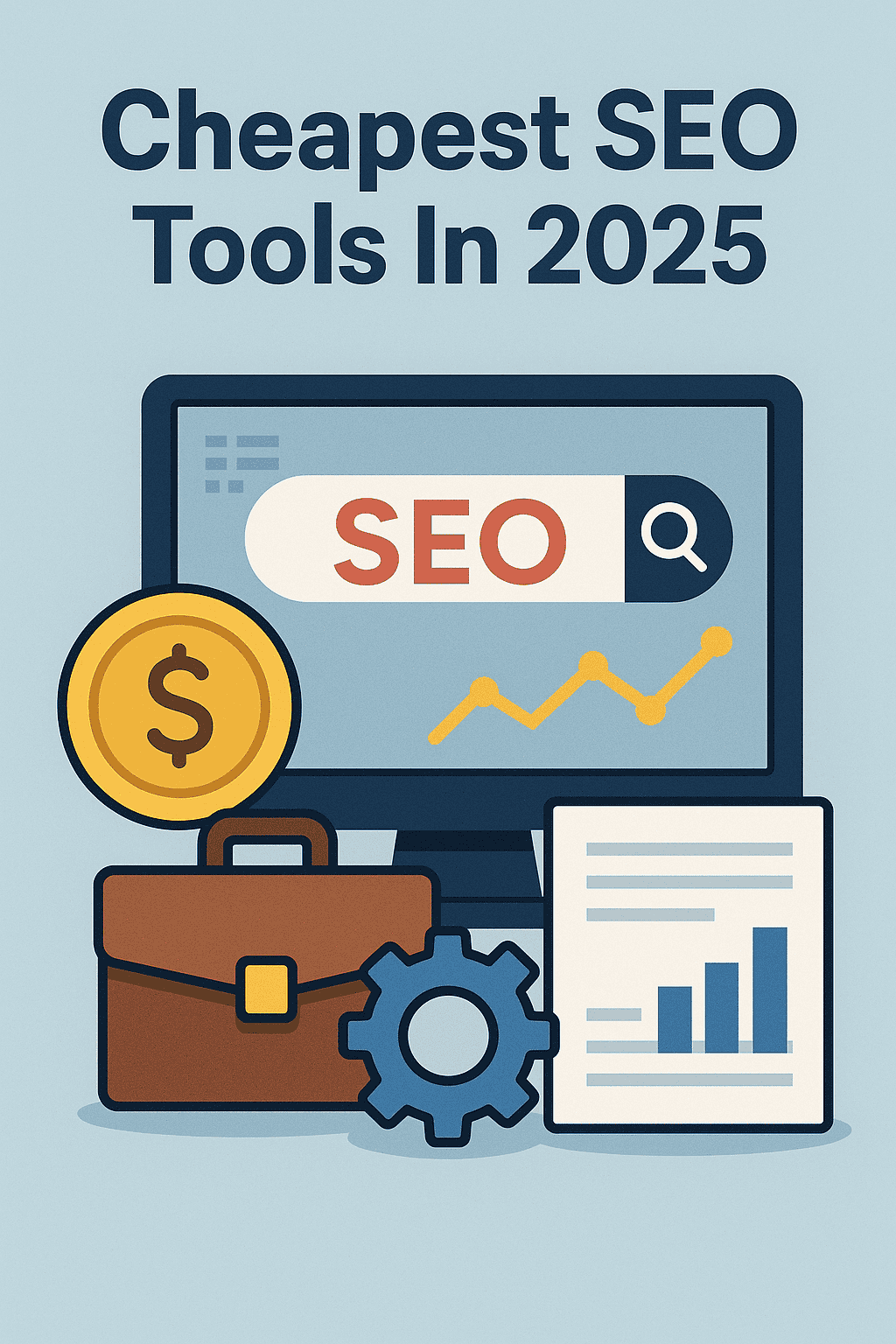

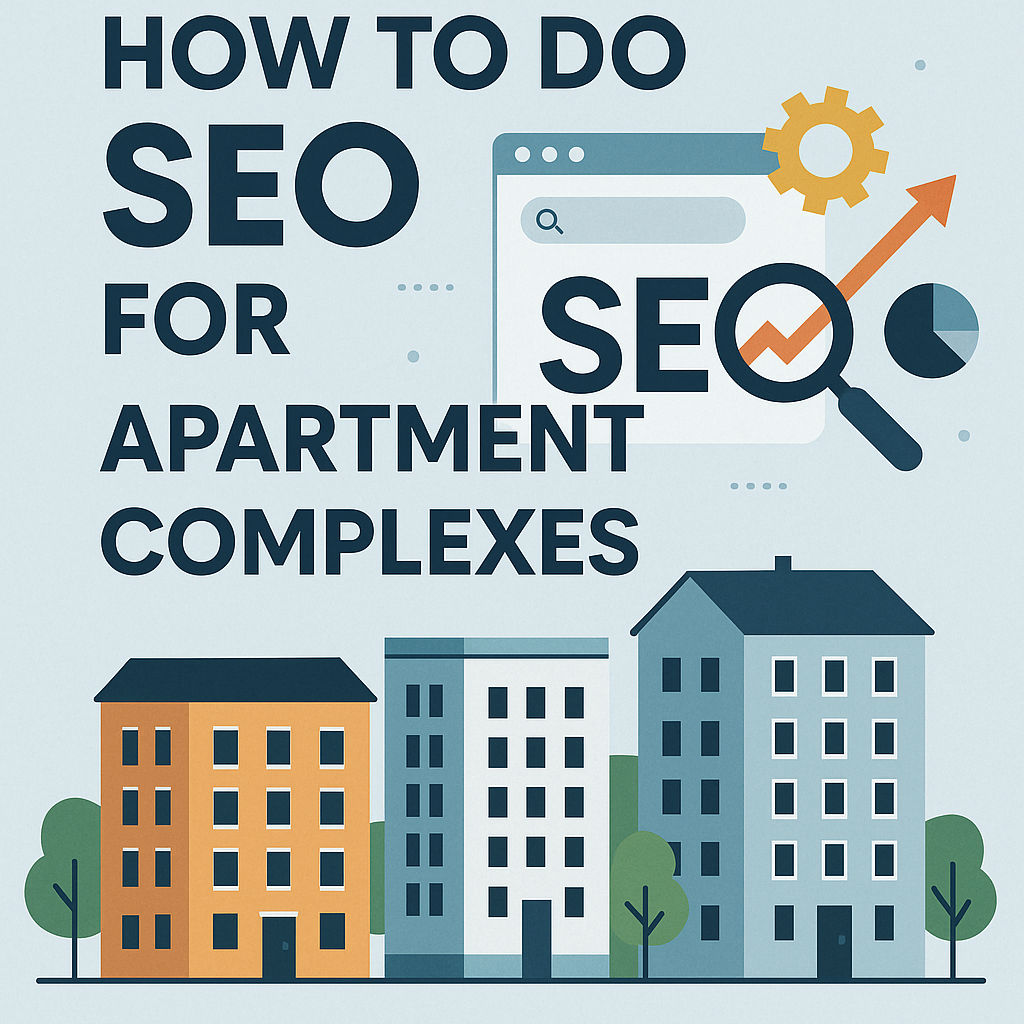
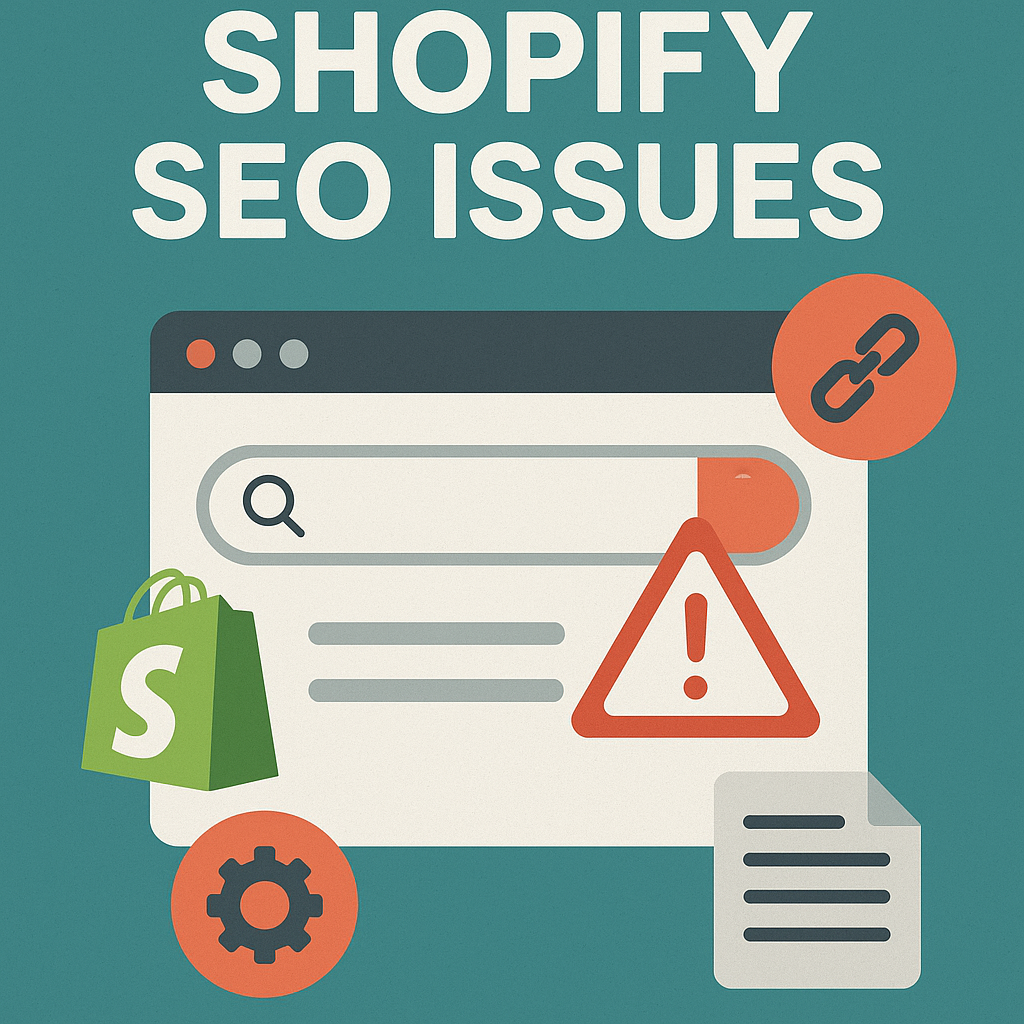
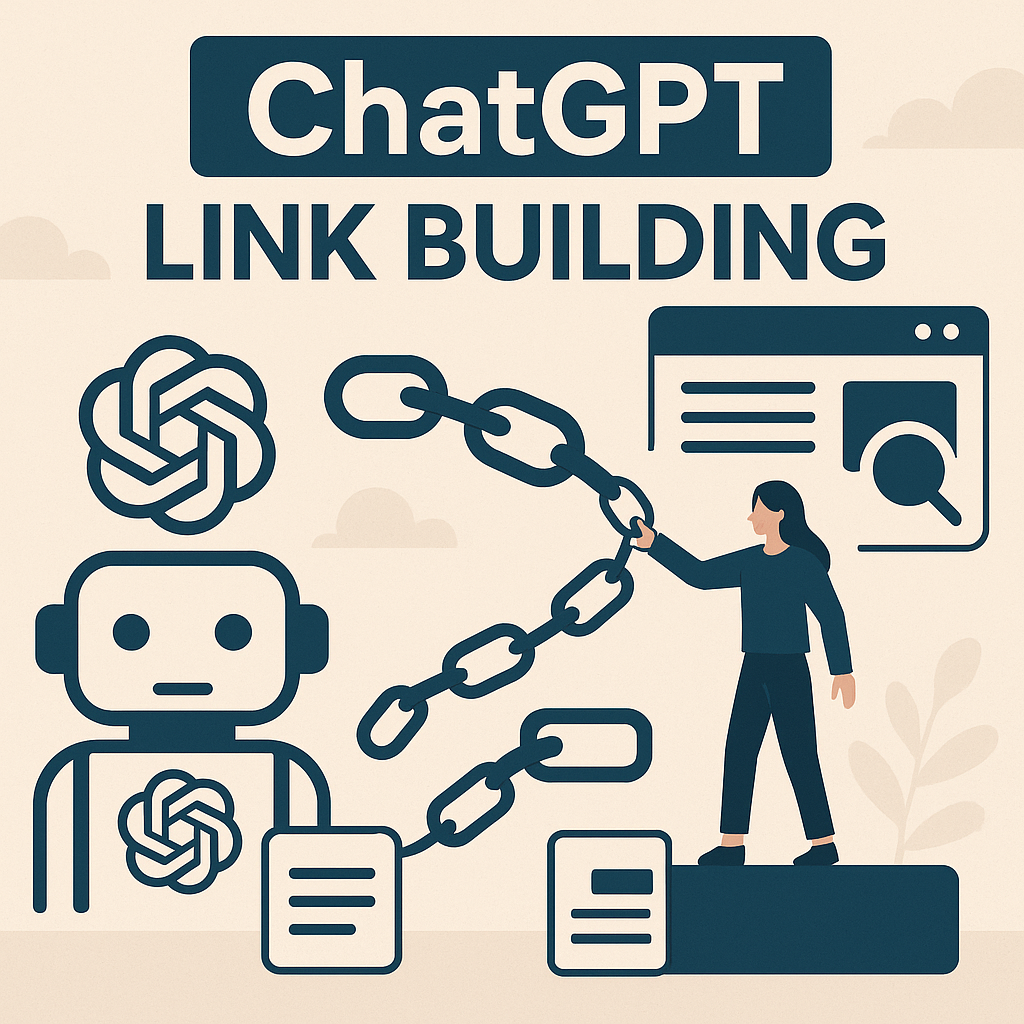
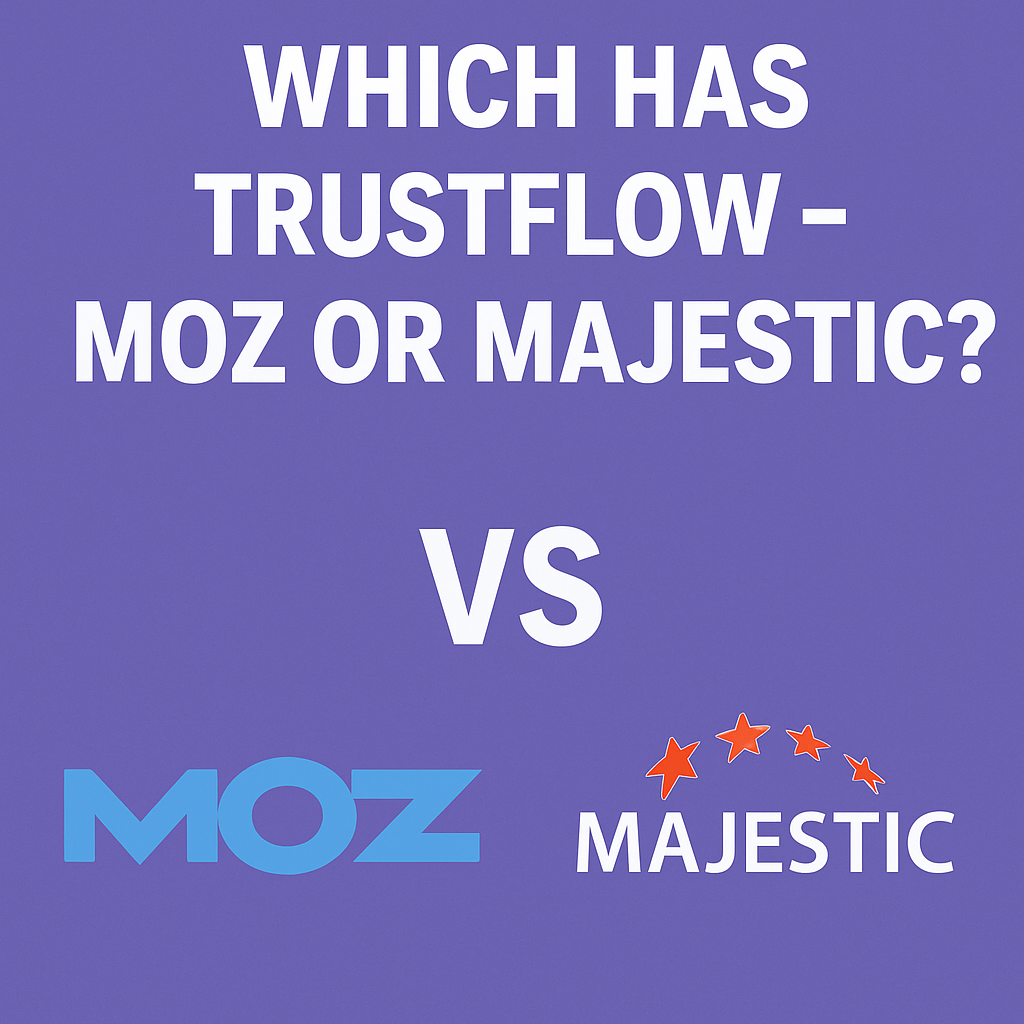

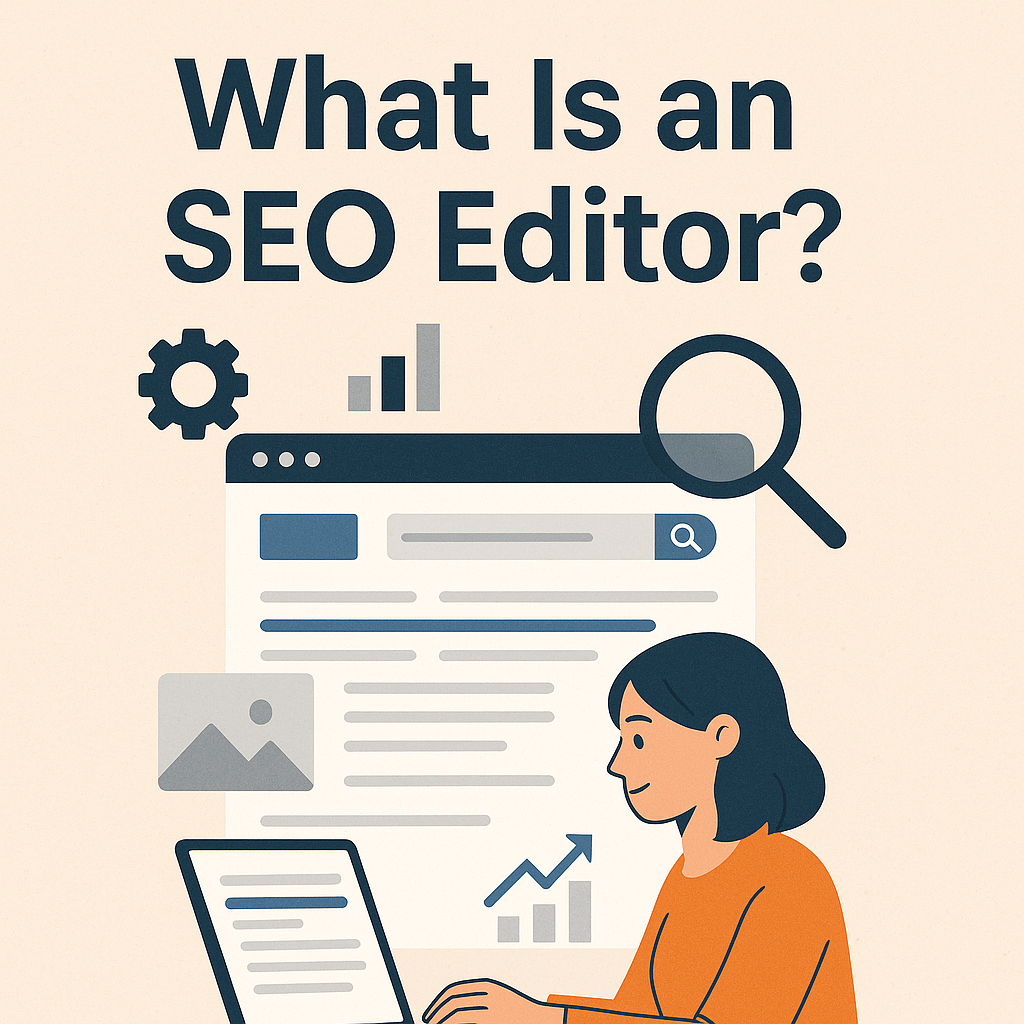
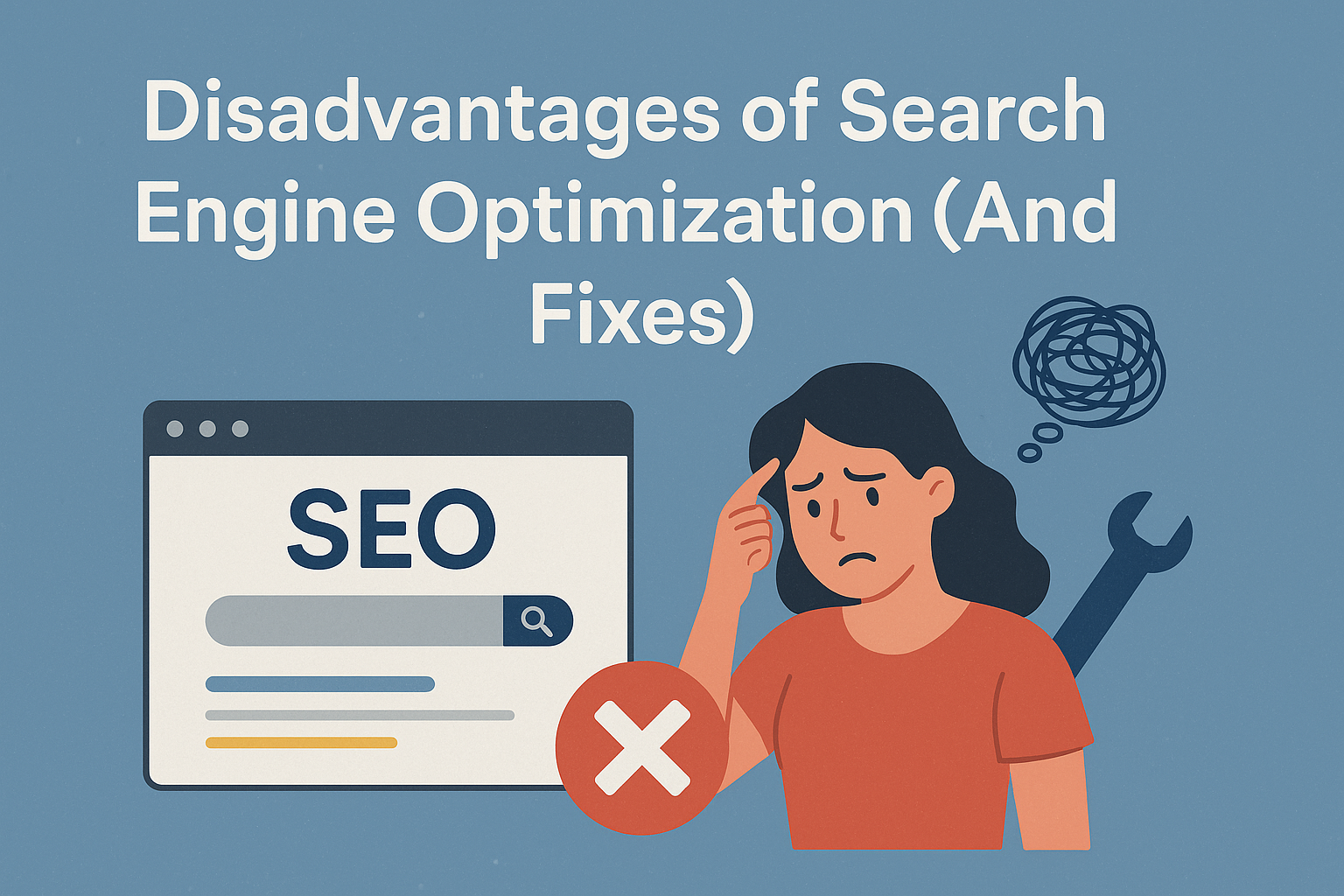

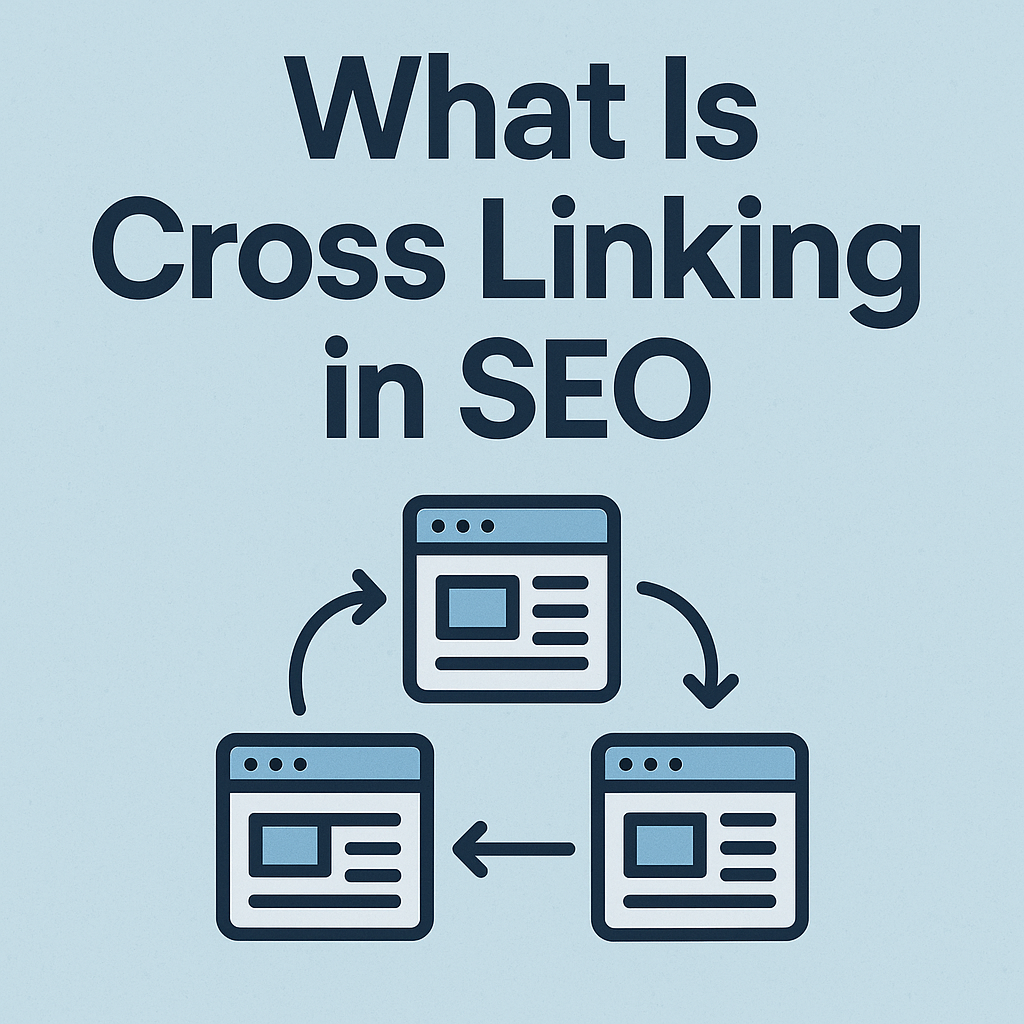

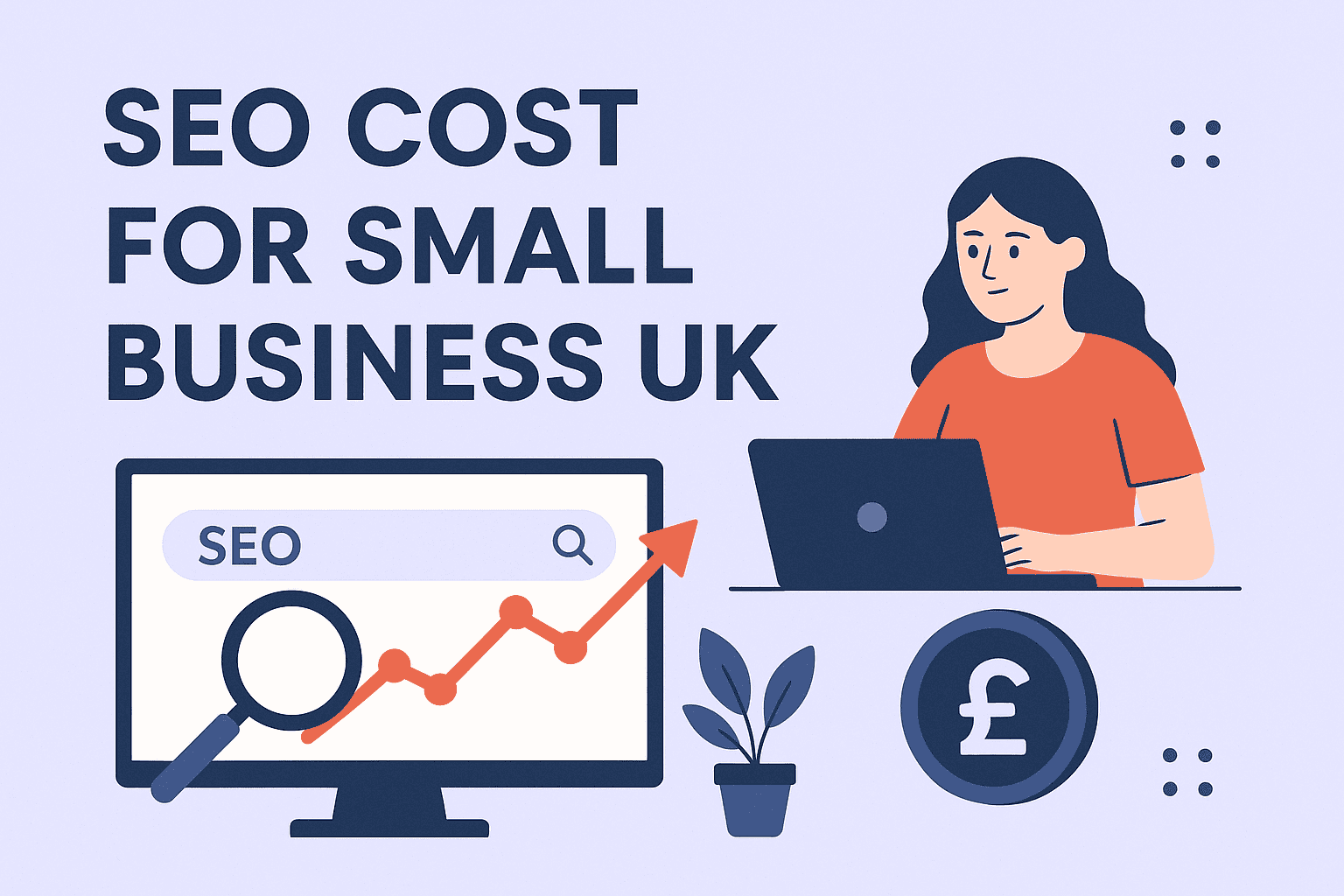
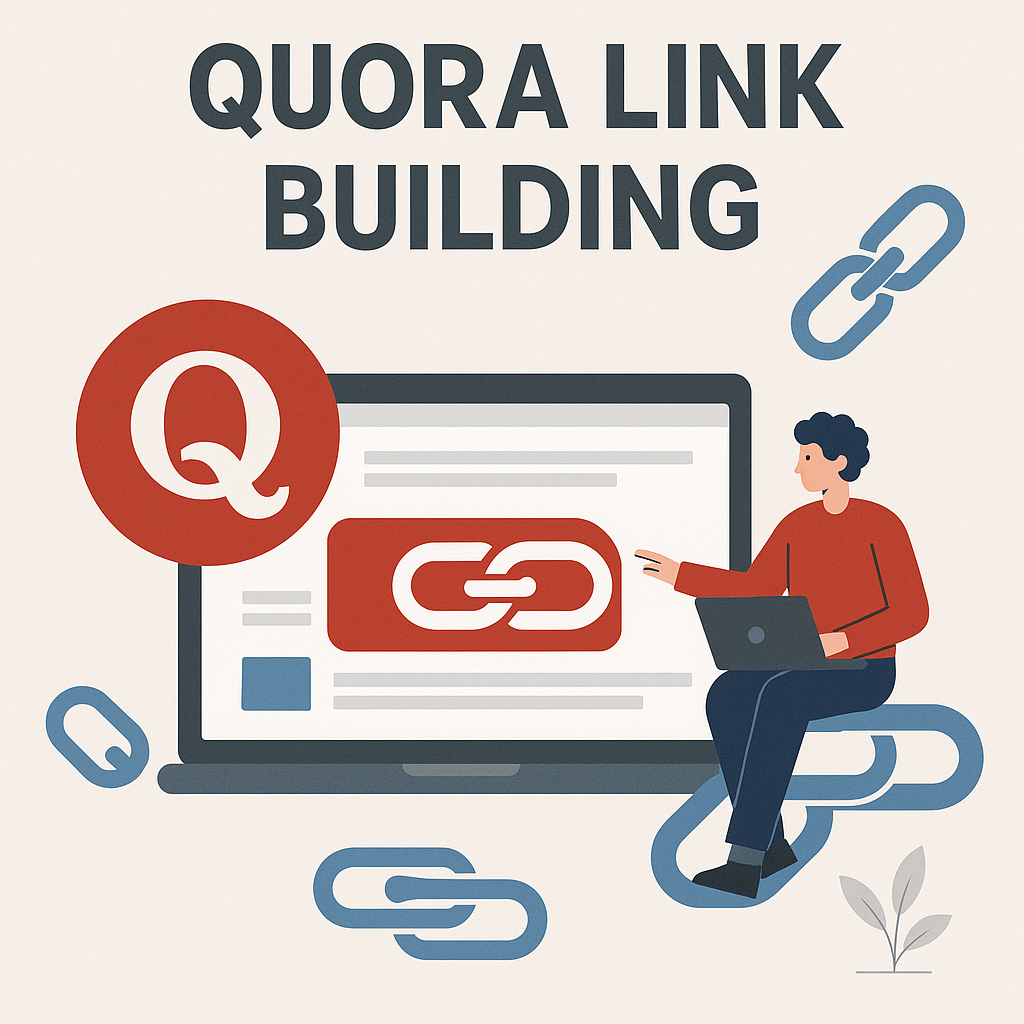
![How Many Outbound Links Per Blog [2025 Updated]](https://backlinkmanagement.io/wp-content/uploads/2025/06/How-Many-Outbound-Links-Per-Blog.png)
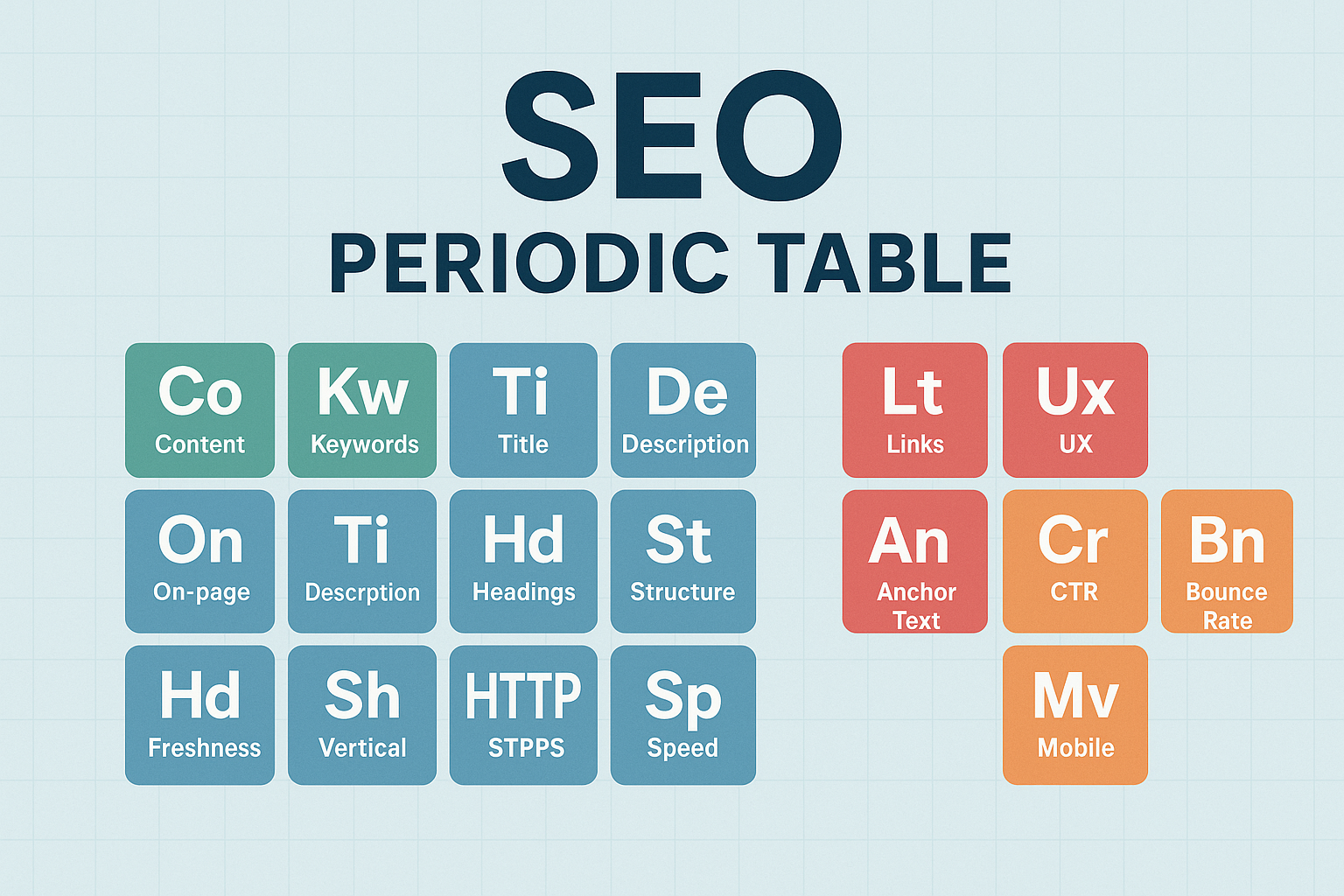

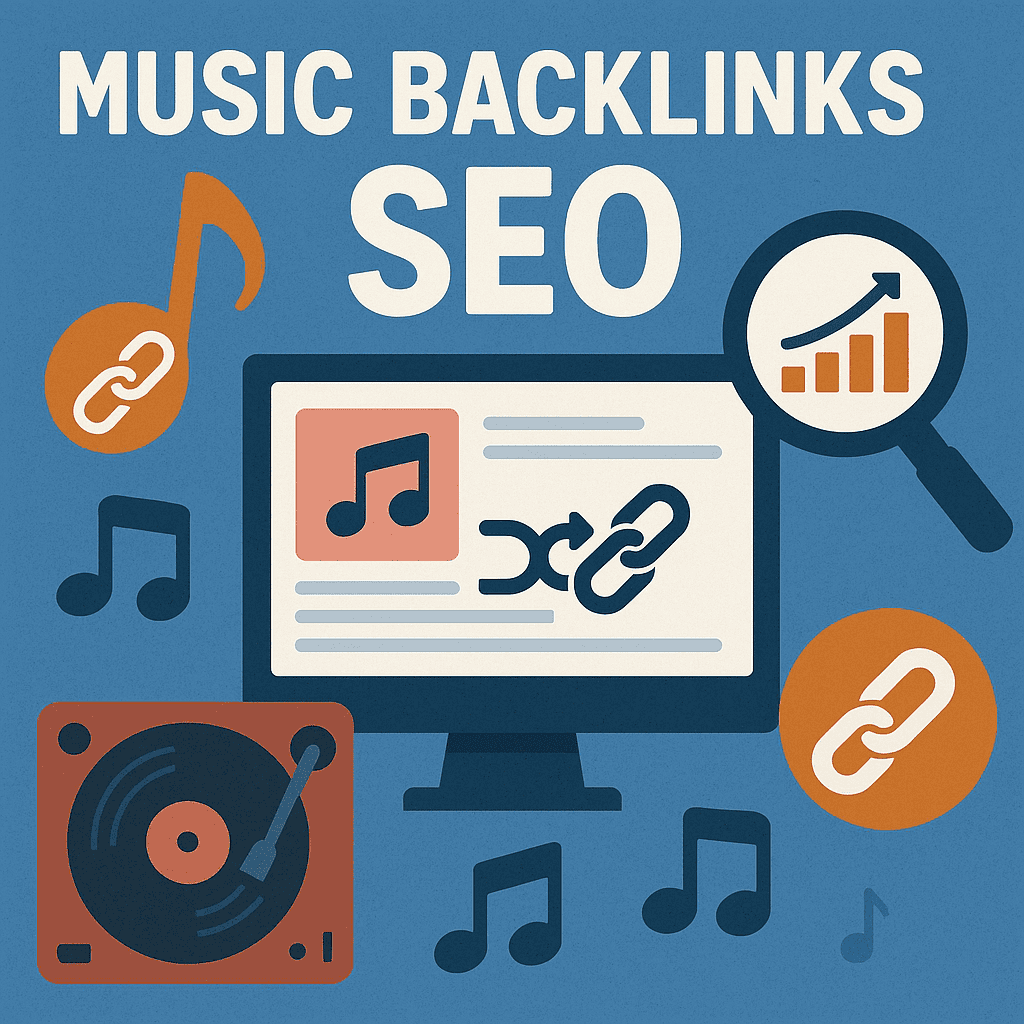
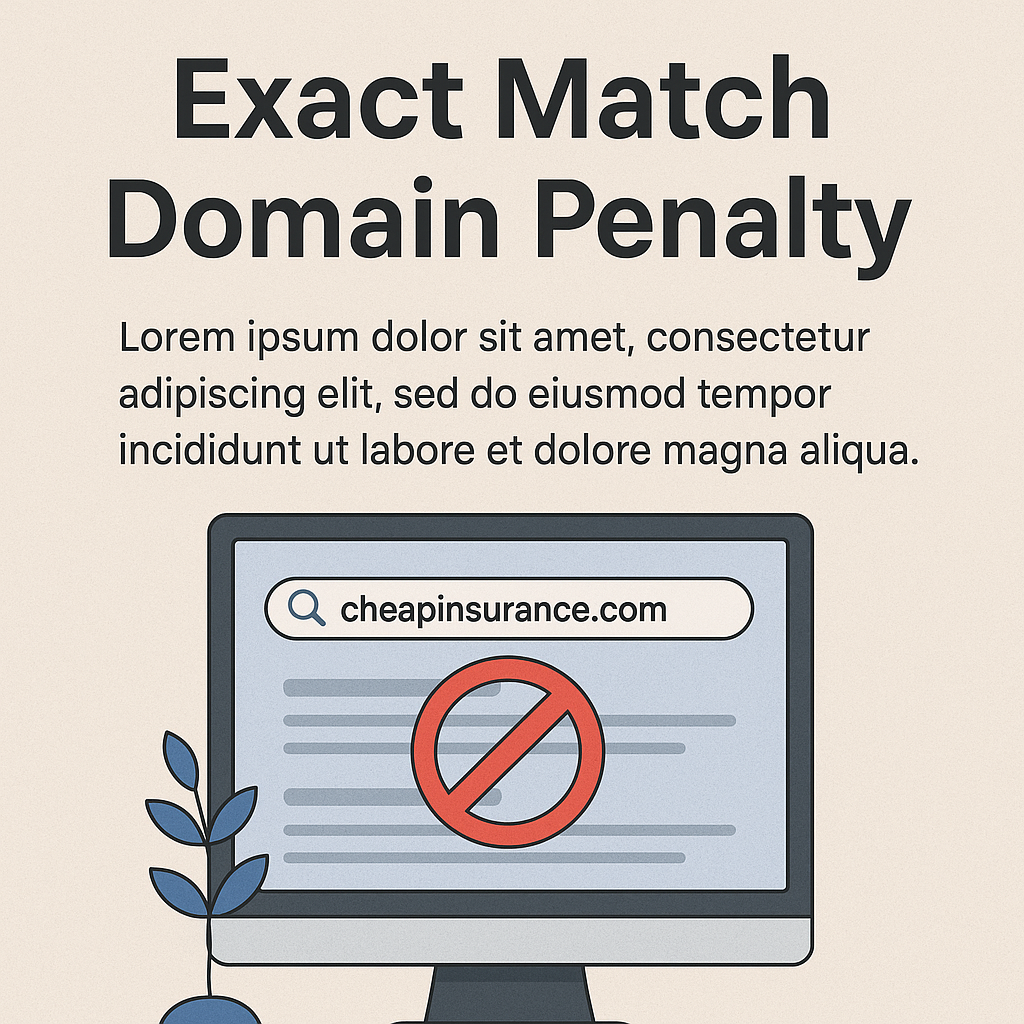
![B2B and B2C Website Examples [2025 Updated]](https://backlinkmanagement.io/wp-content/uploads/2025/05/B2B-and-B2C-Website-Example-.png)
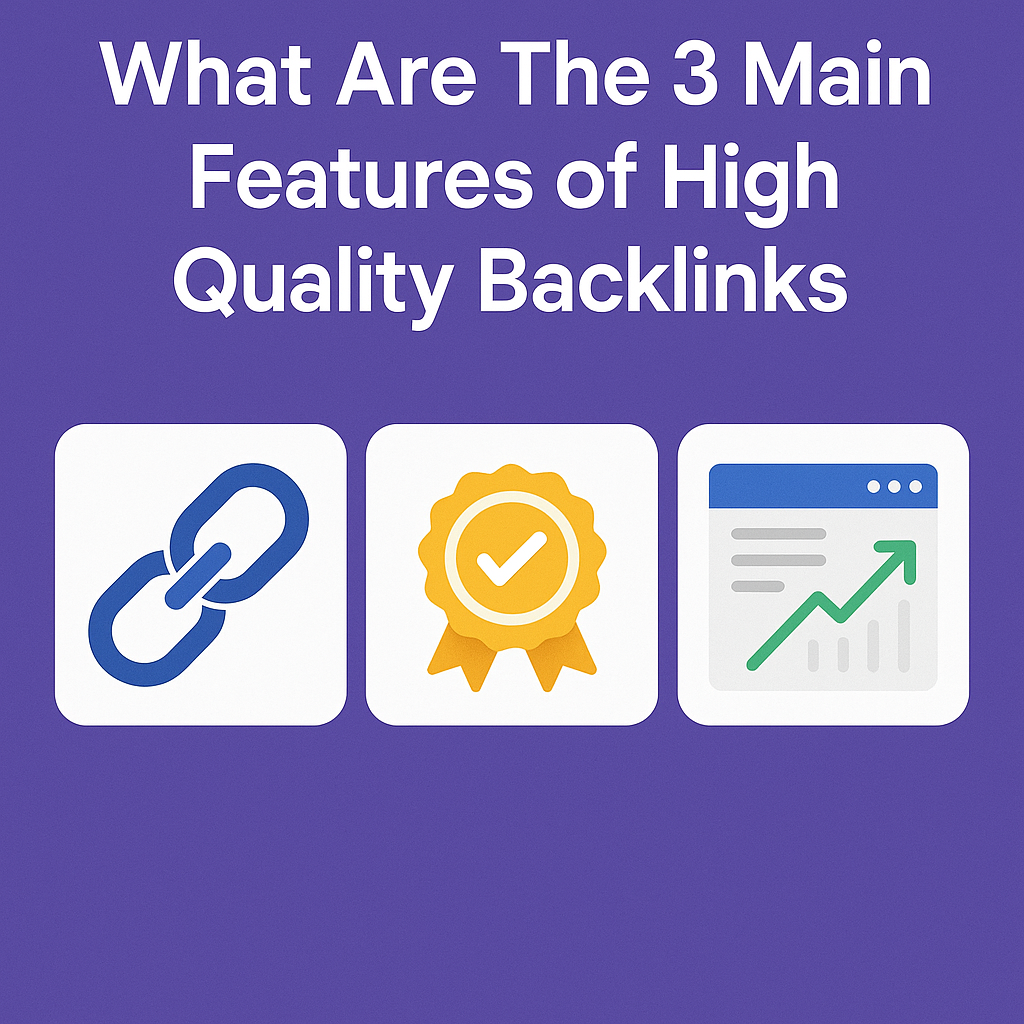
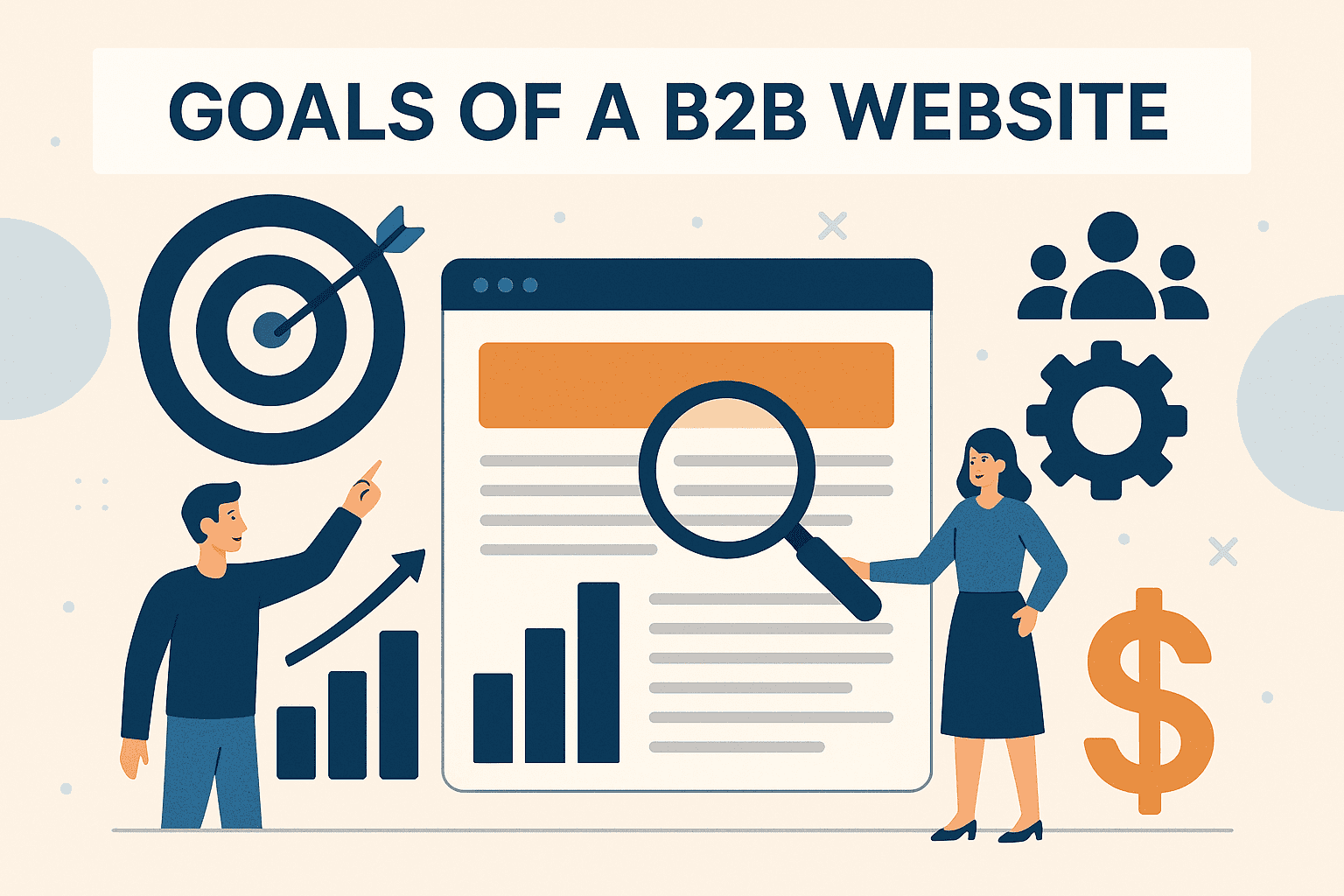
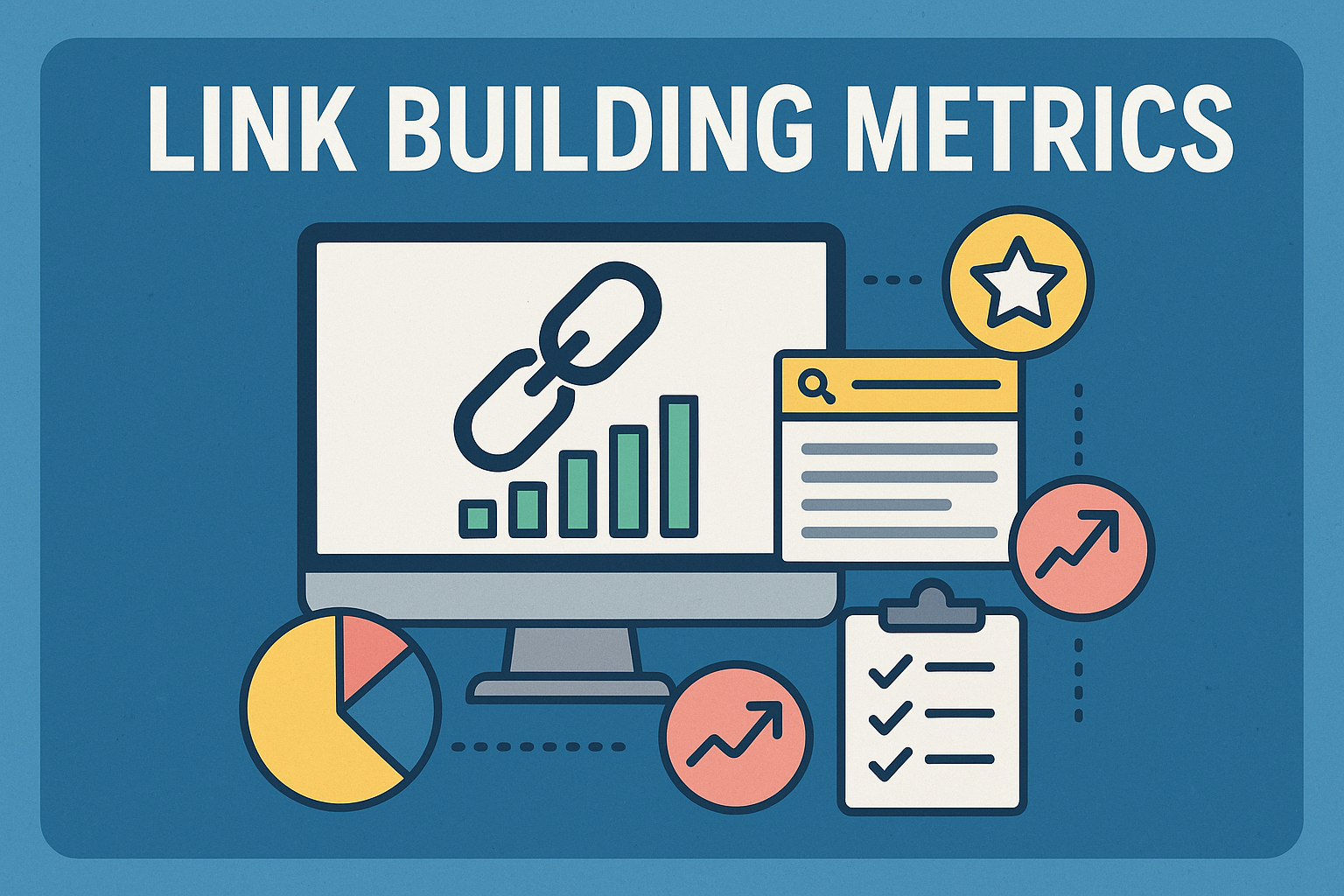
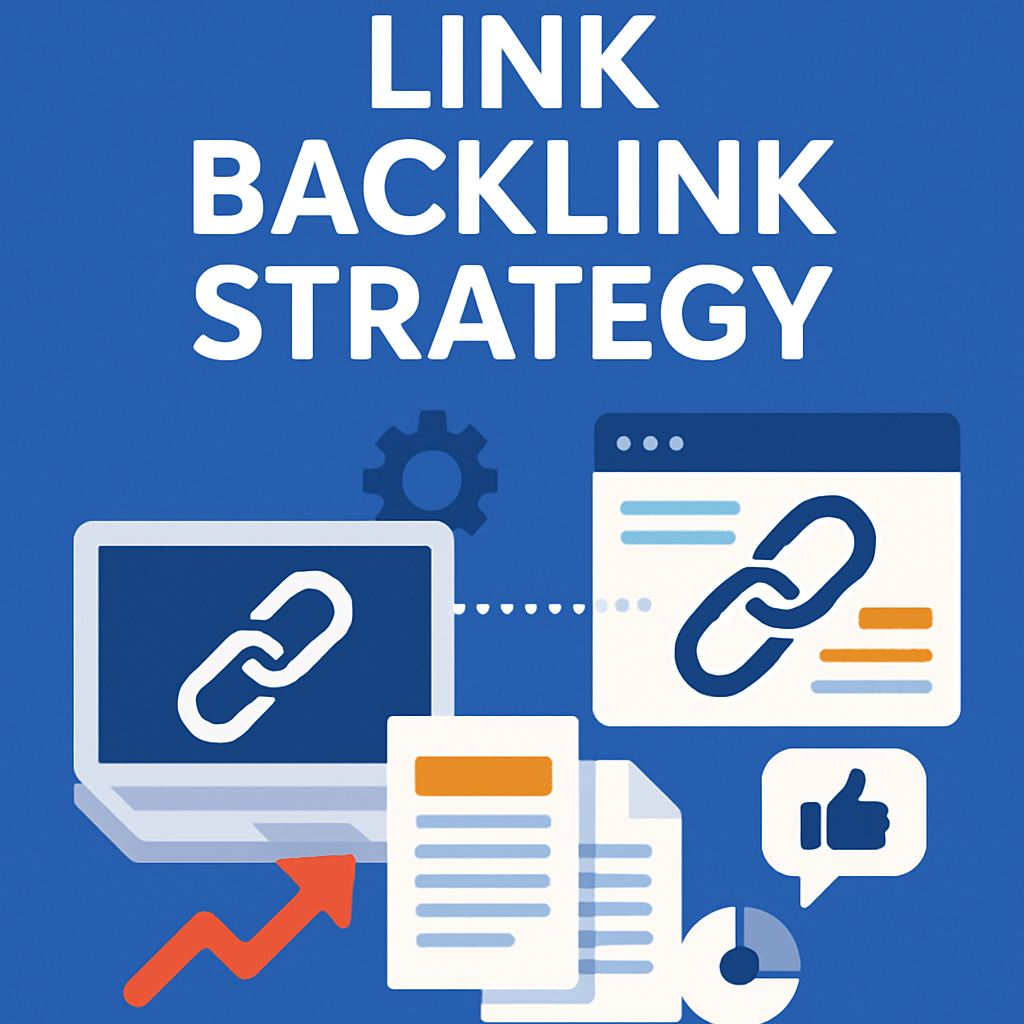
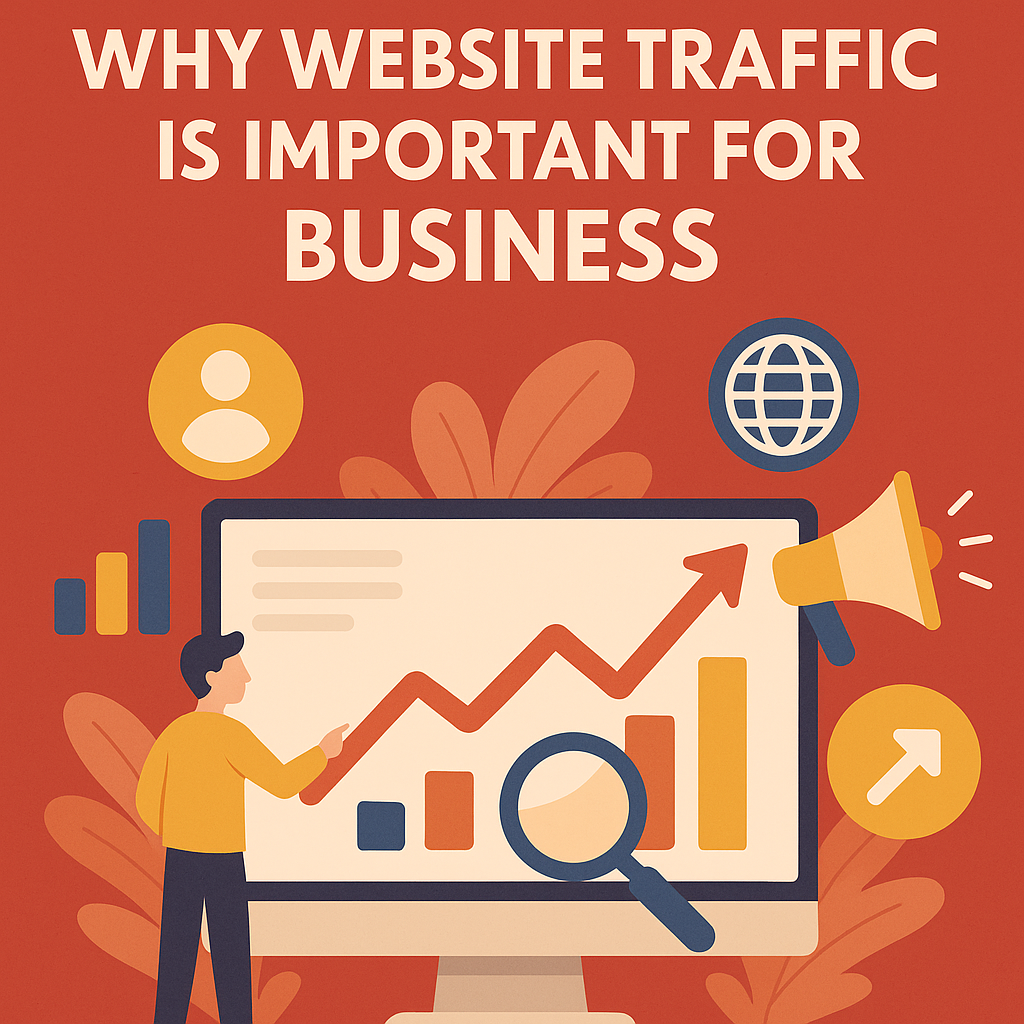

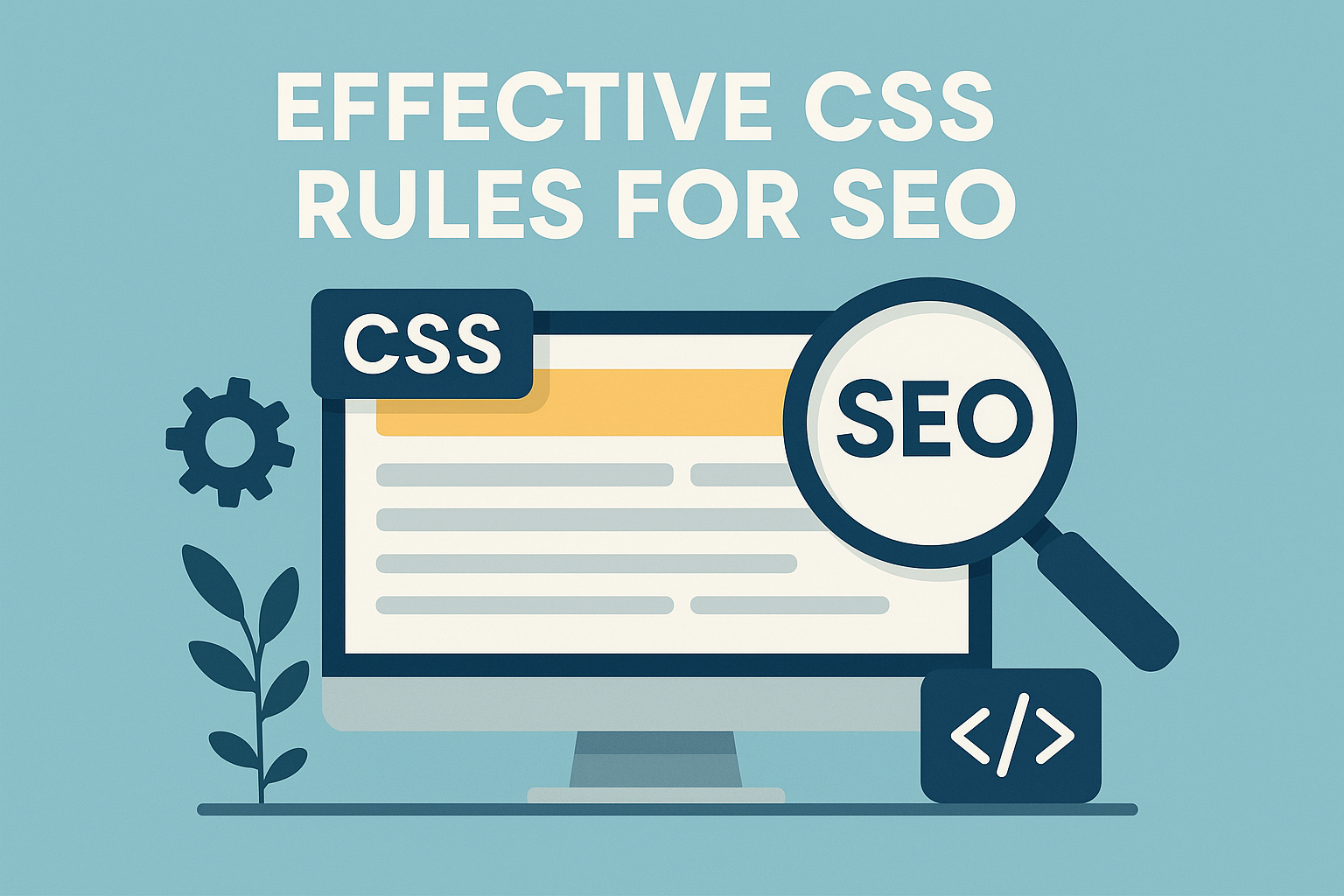

![What To Do After Keyword Research [2025 Guide]](https://backlinkmanagement.io/wp-content/uploads/2025/05/What-To-Do-After-Keyword-Research.png)
![Is Page Speed Really A Ranking Factor? [2025]](https://backlinkmanagement.io/wp-content/uploads/2025/05/Is-Page-Speed-Really-A-Ranking-Factor.png)
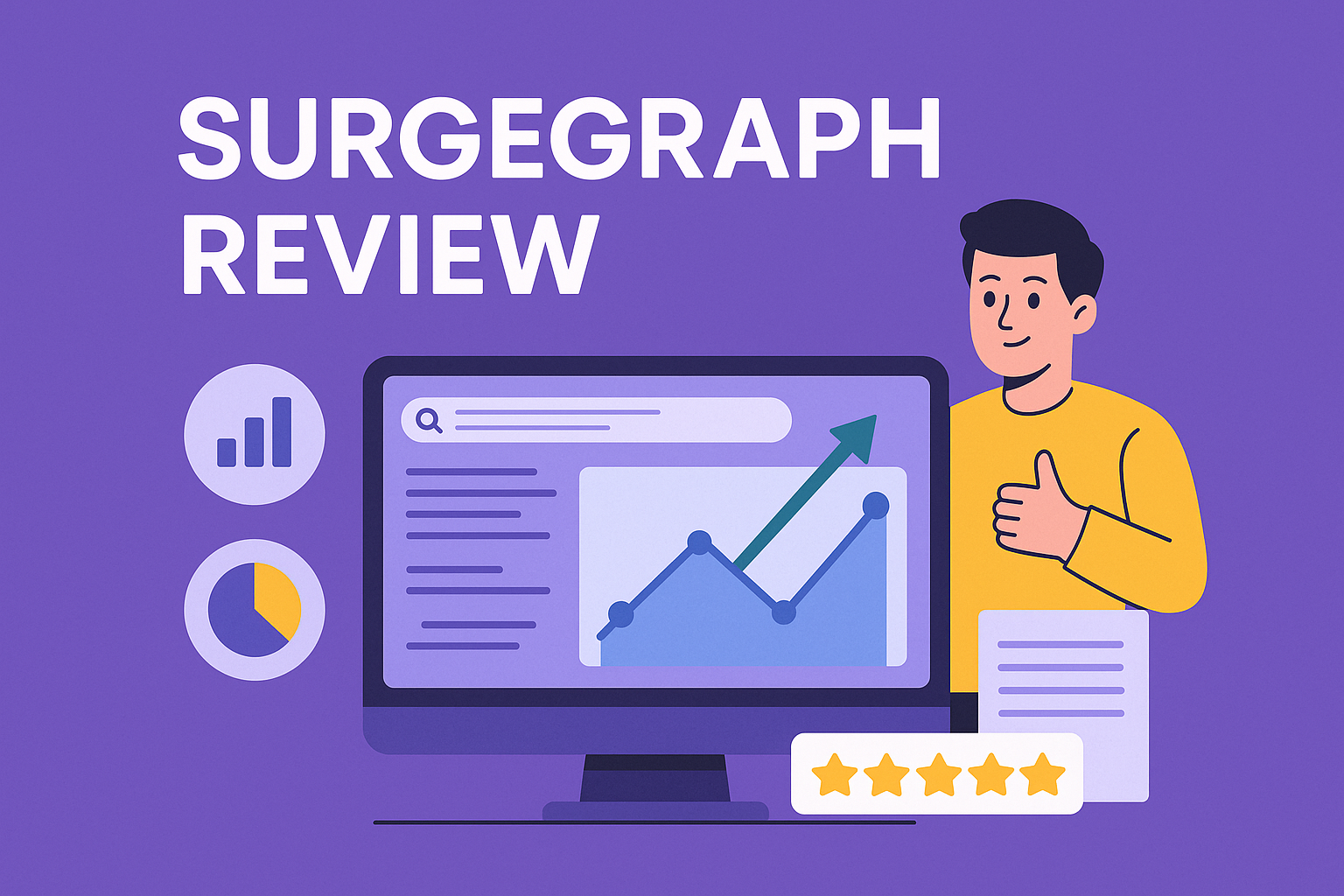





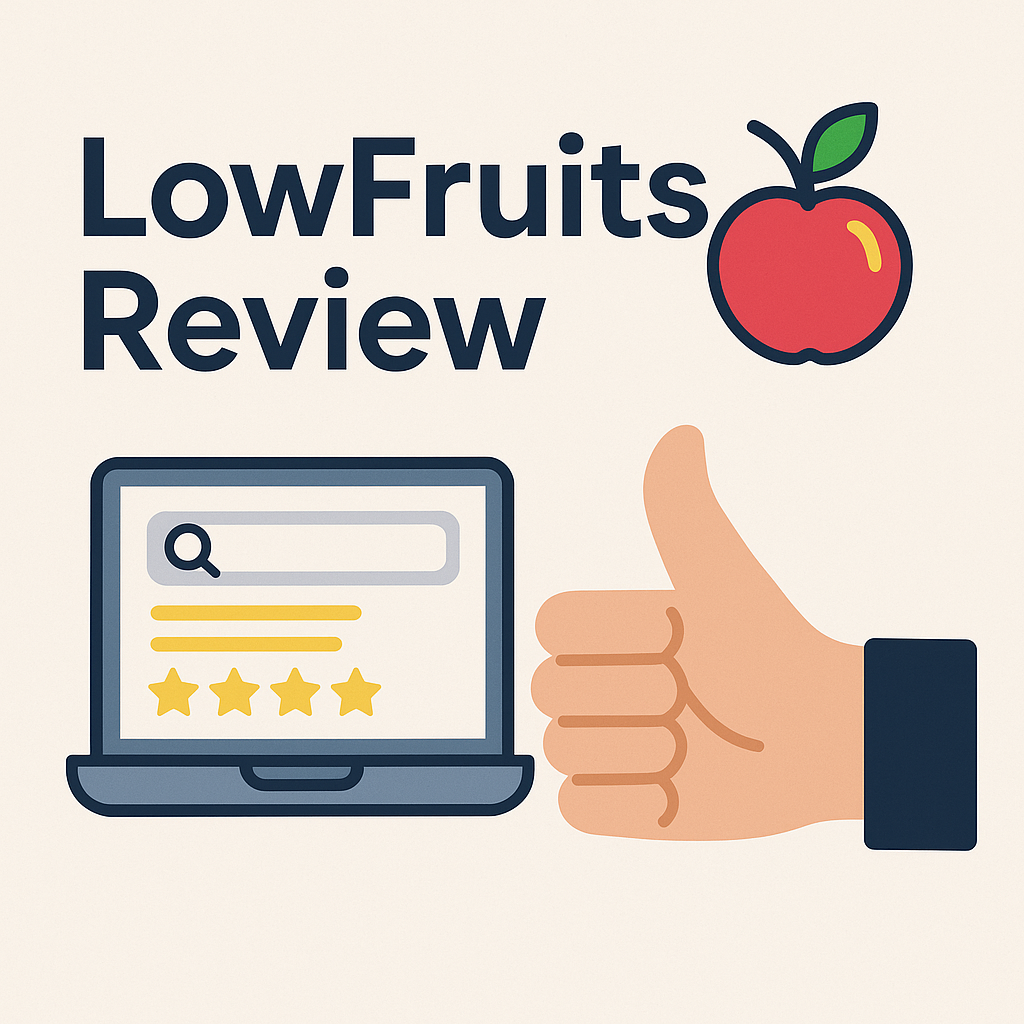
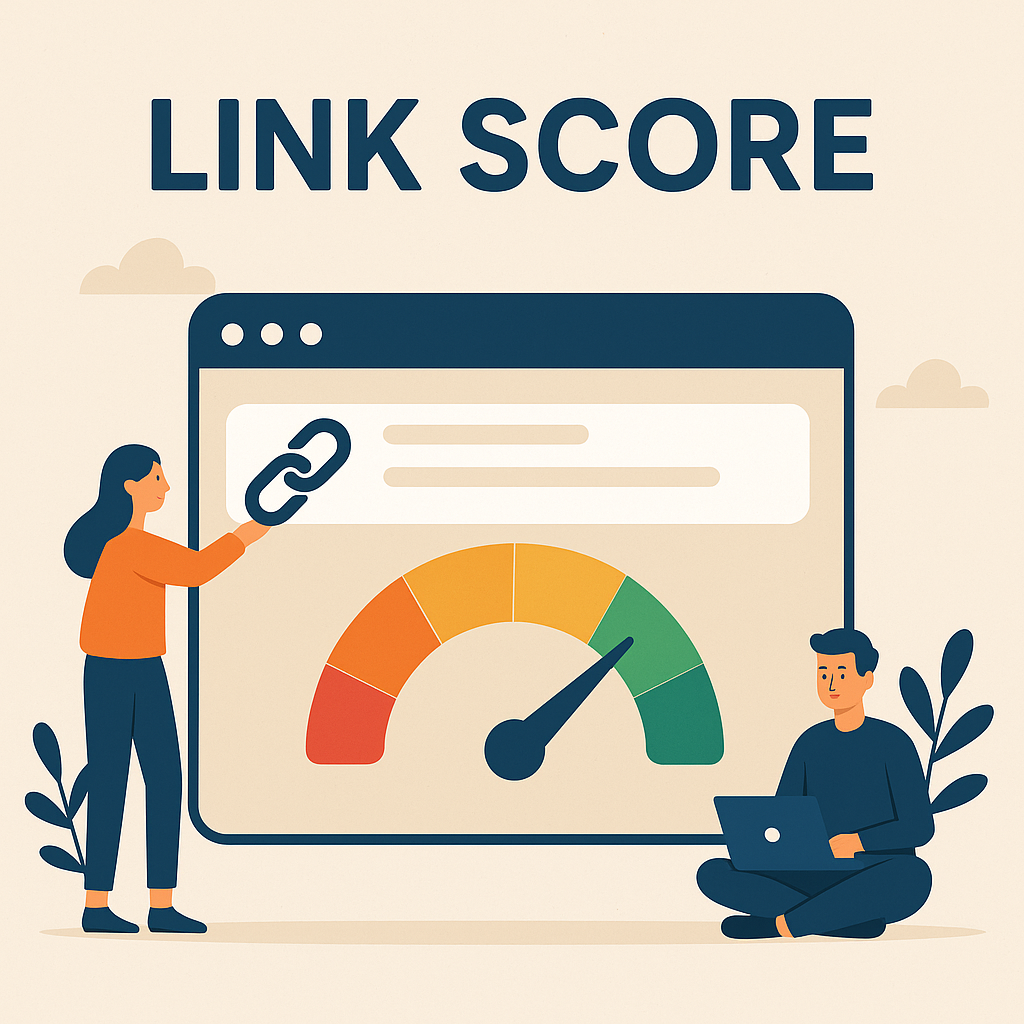
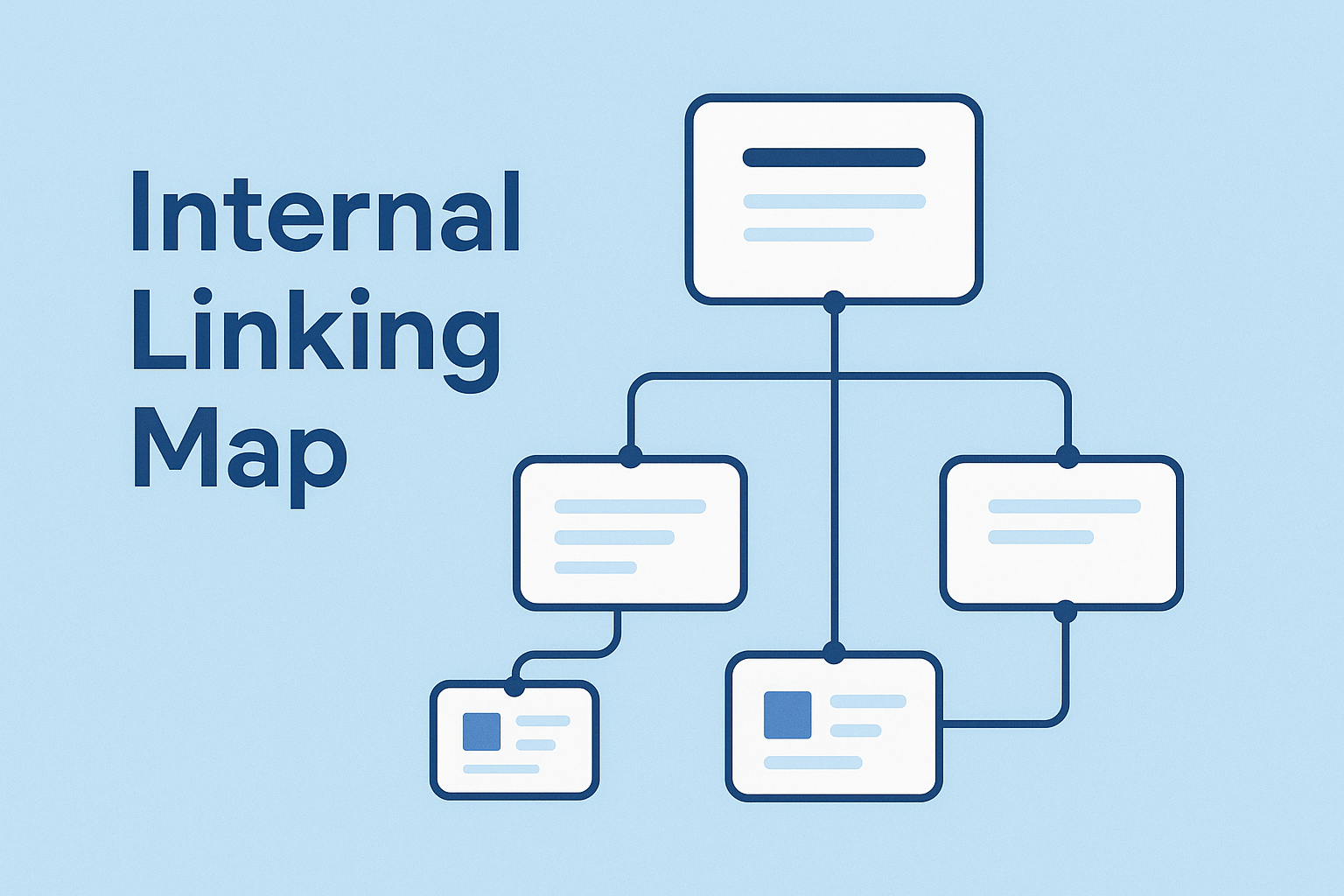
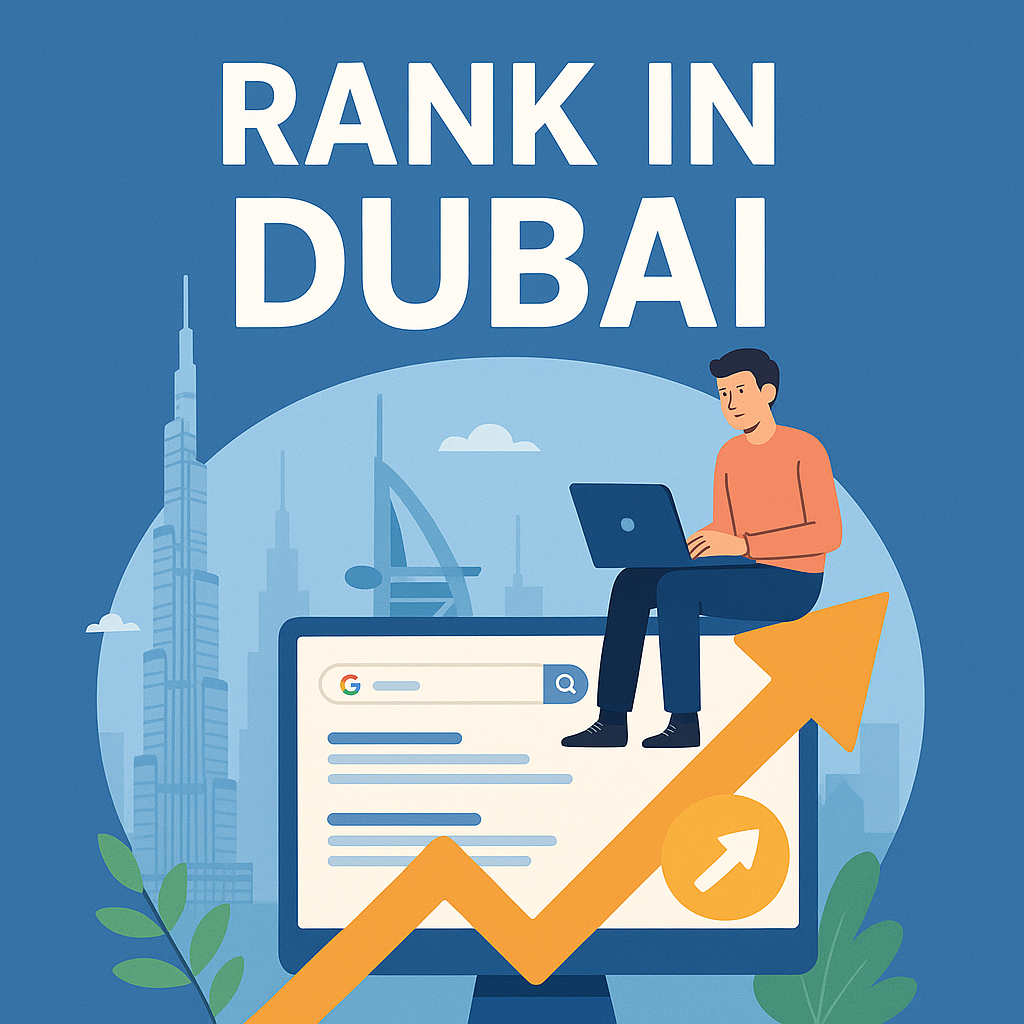

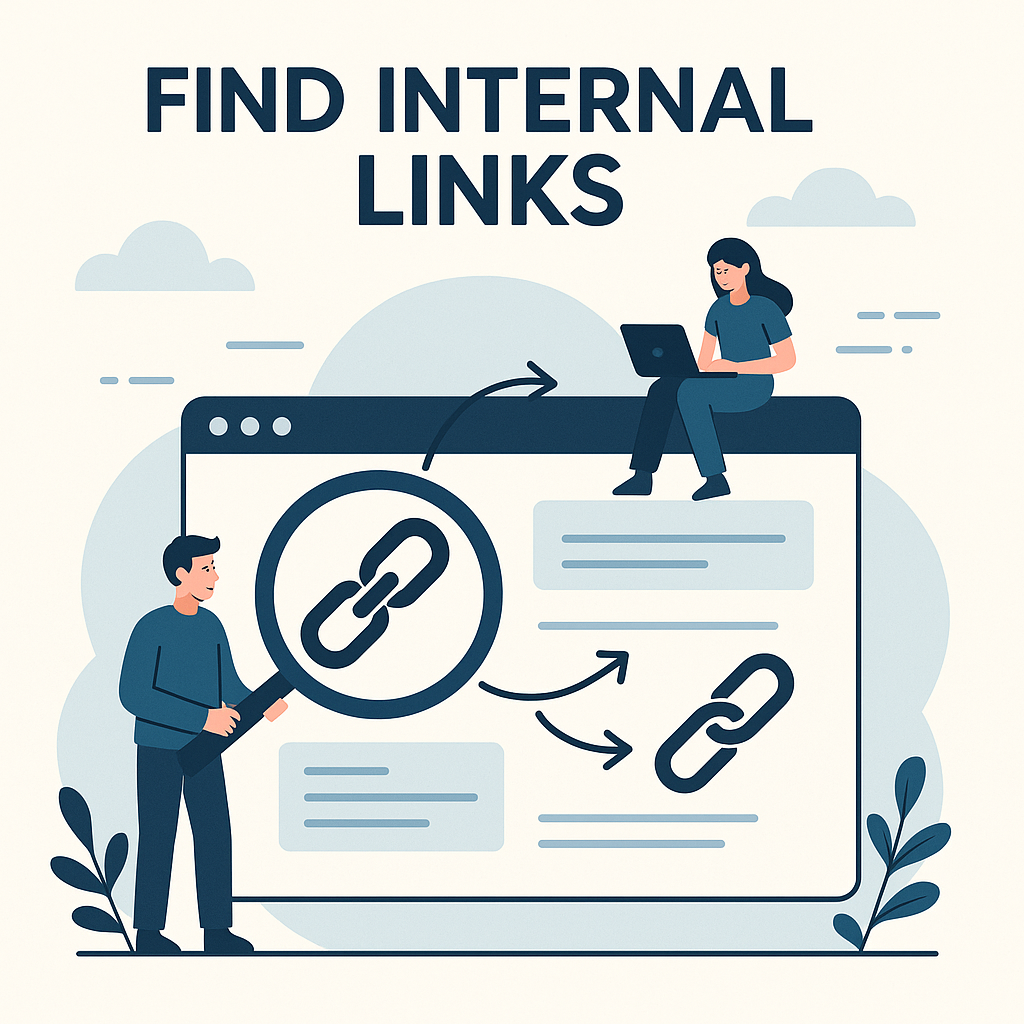
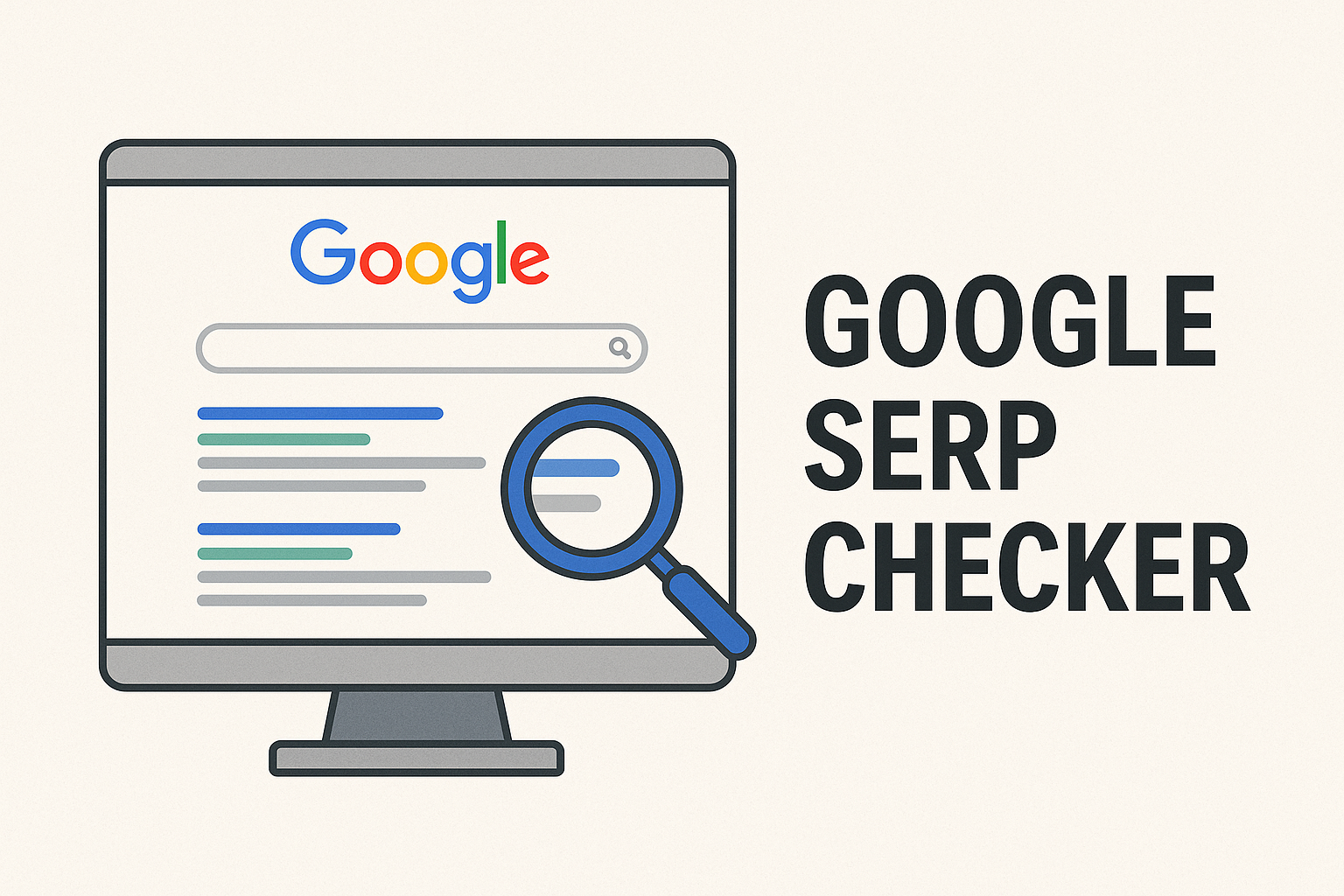
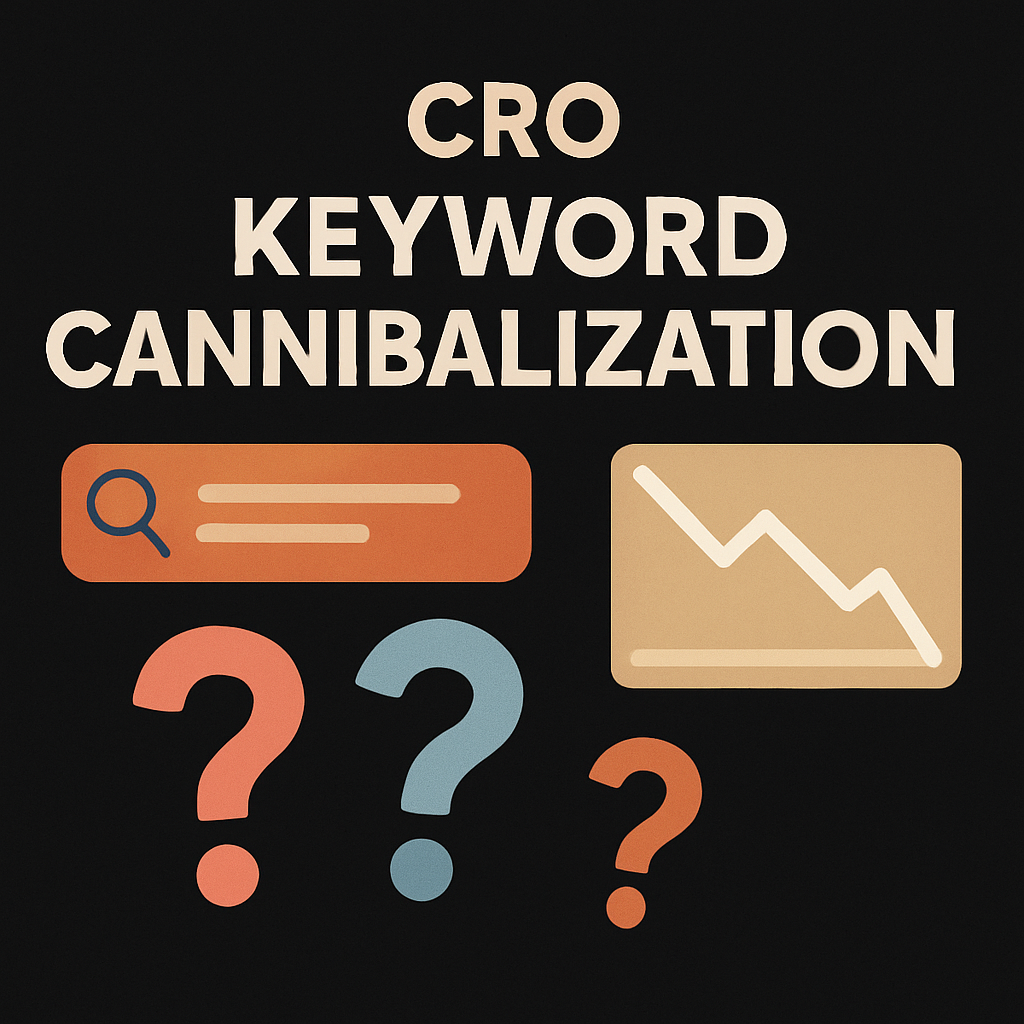
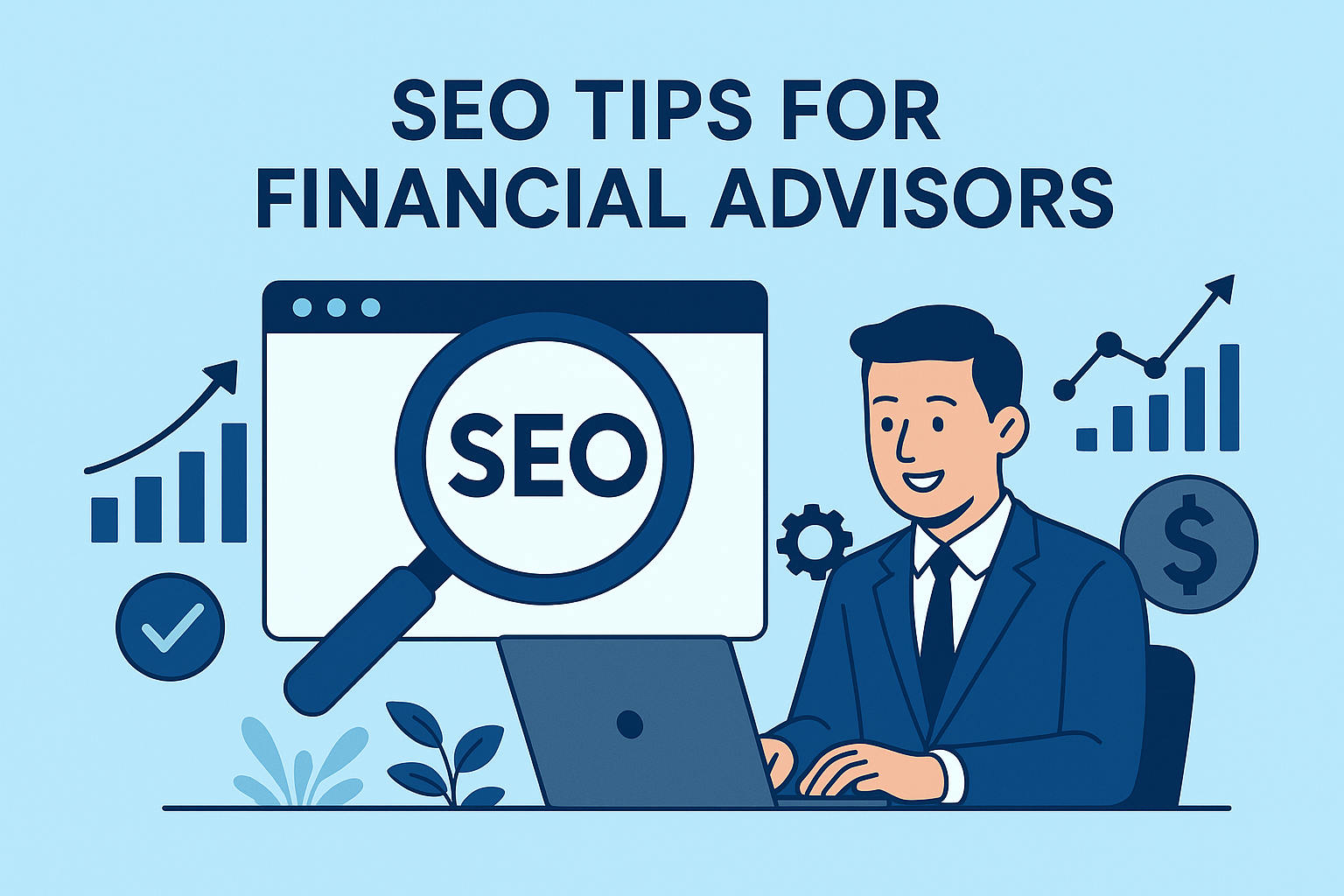

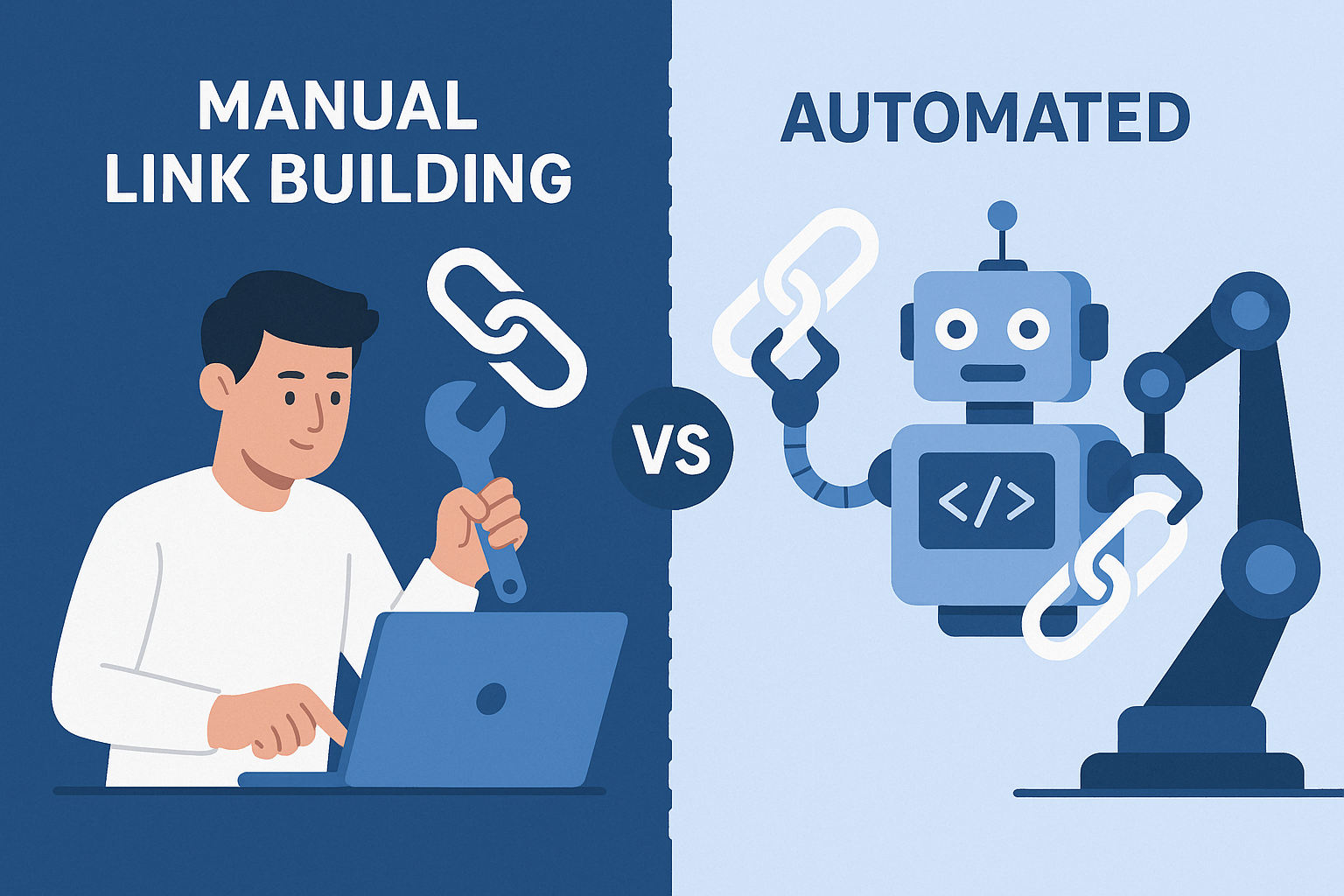

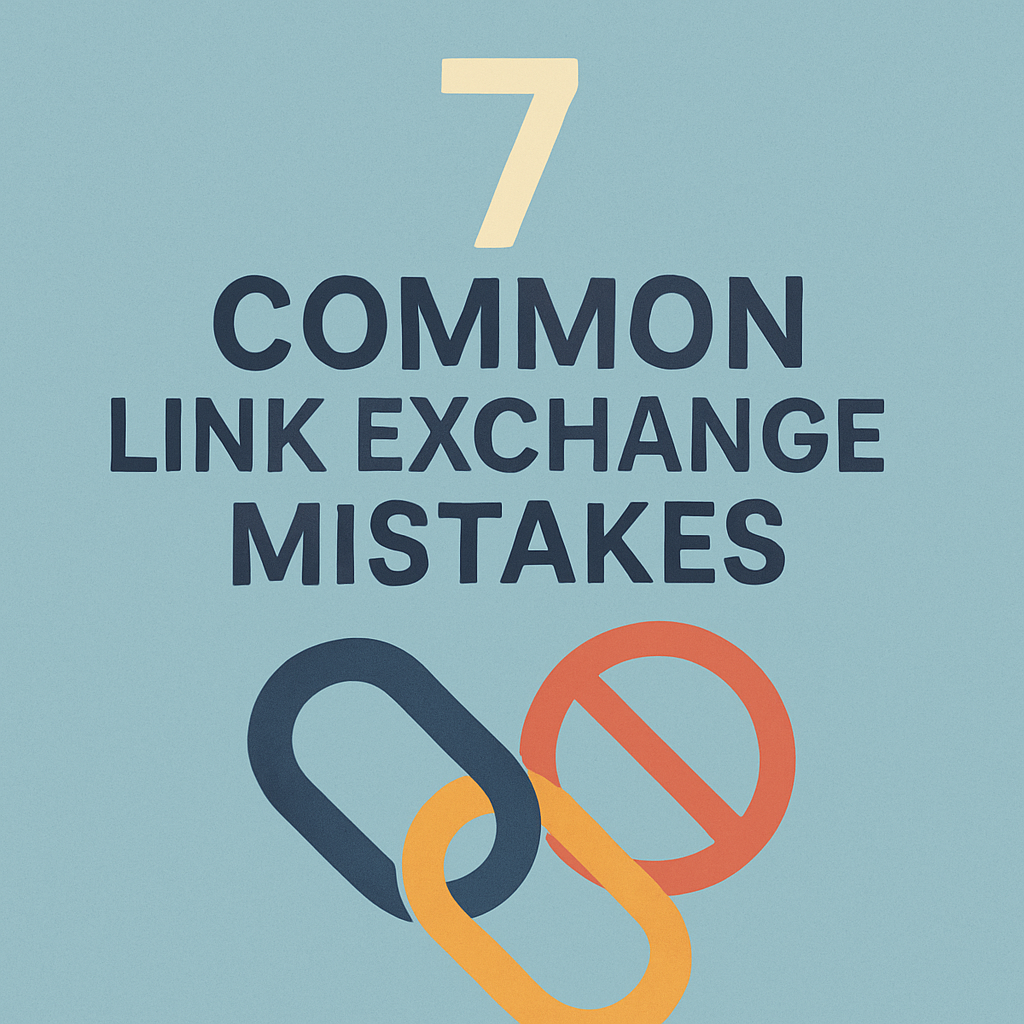

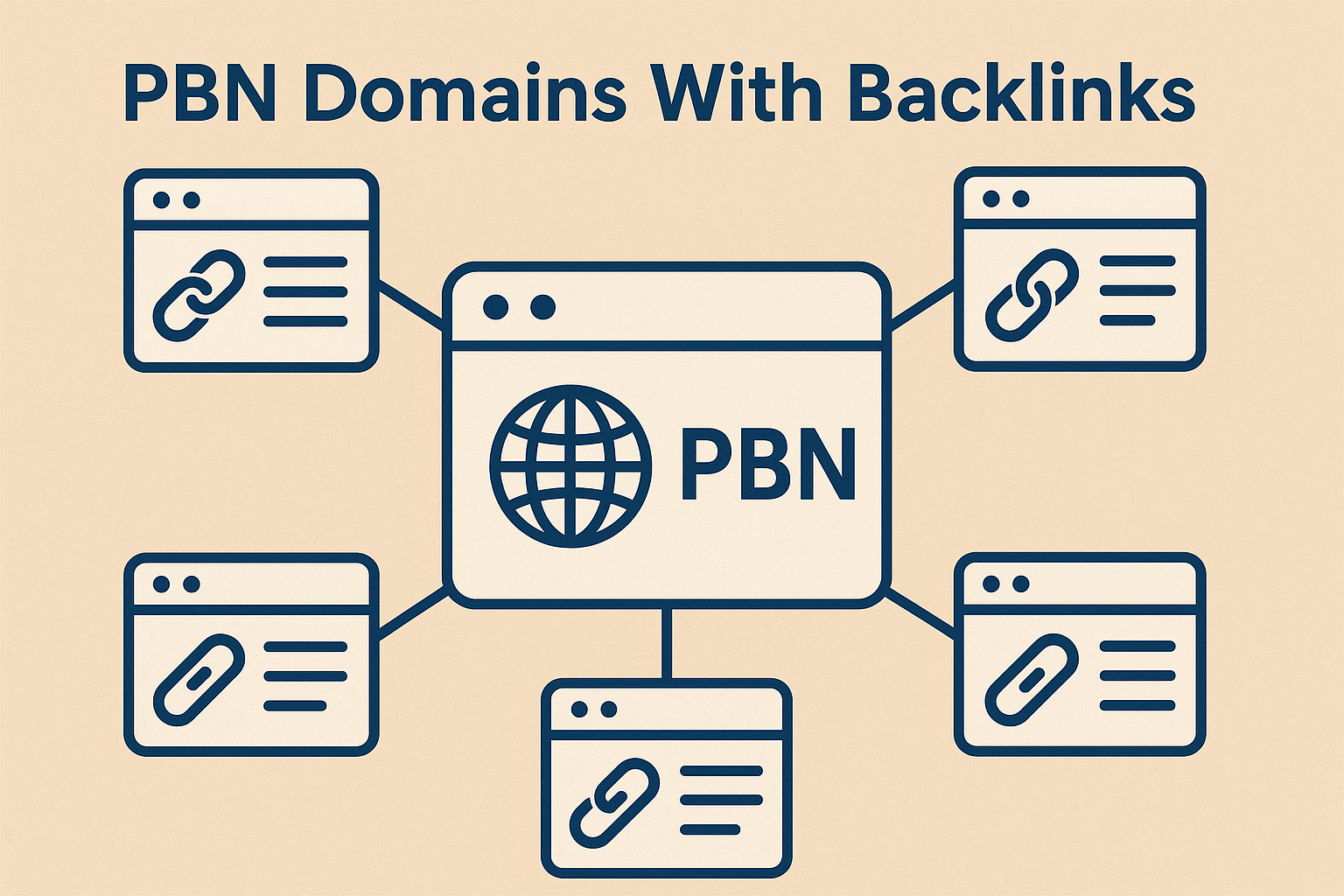
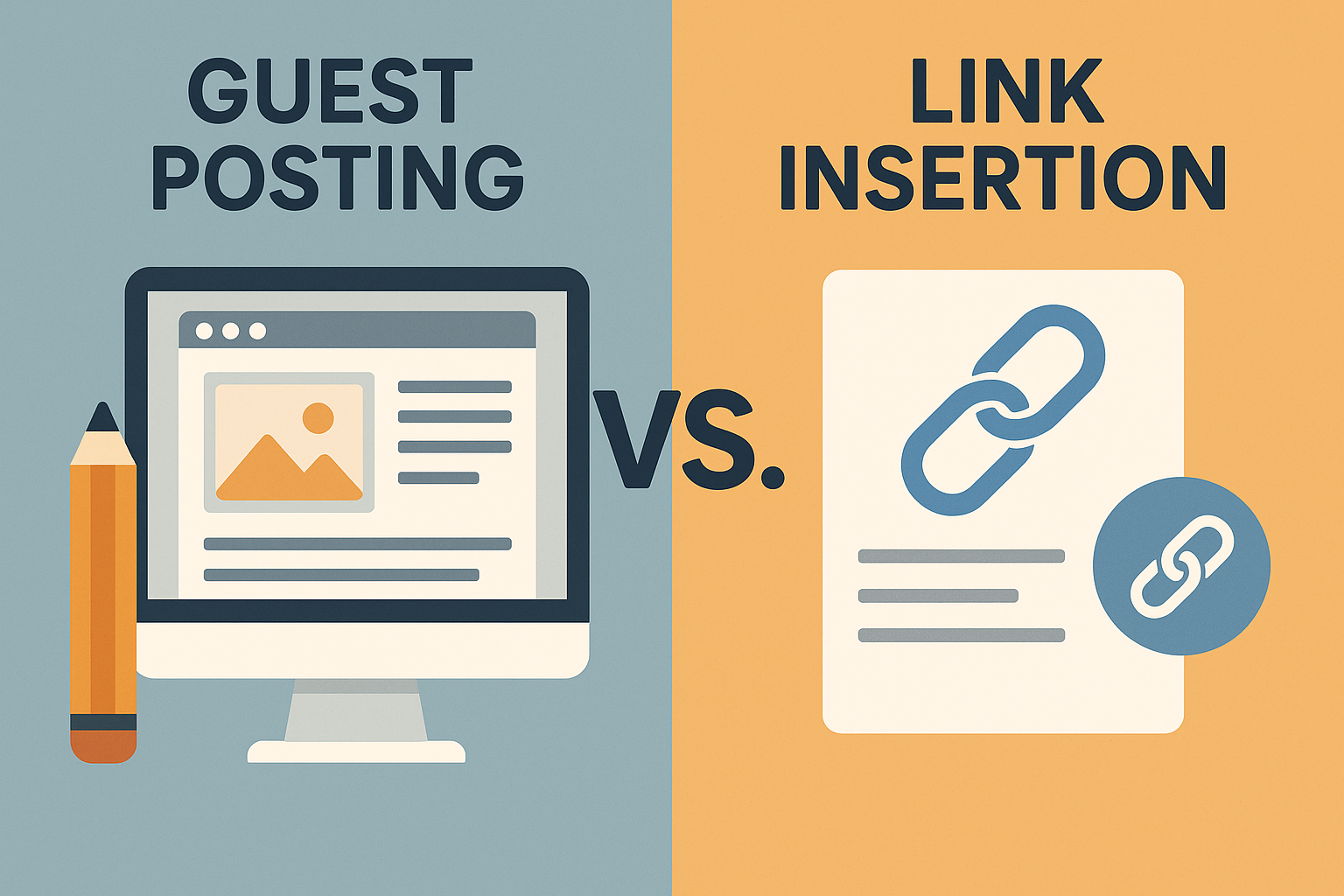

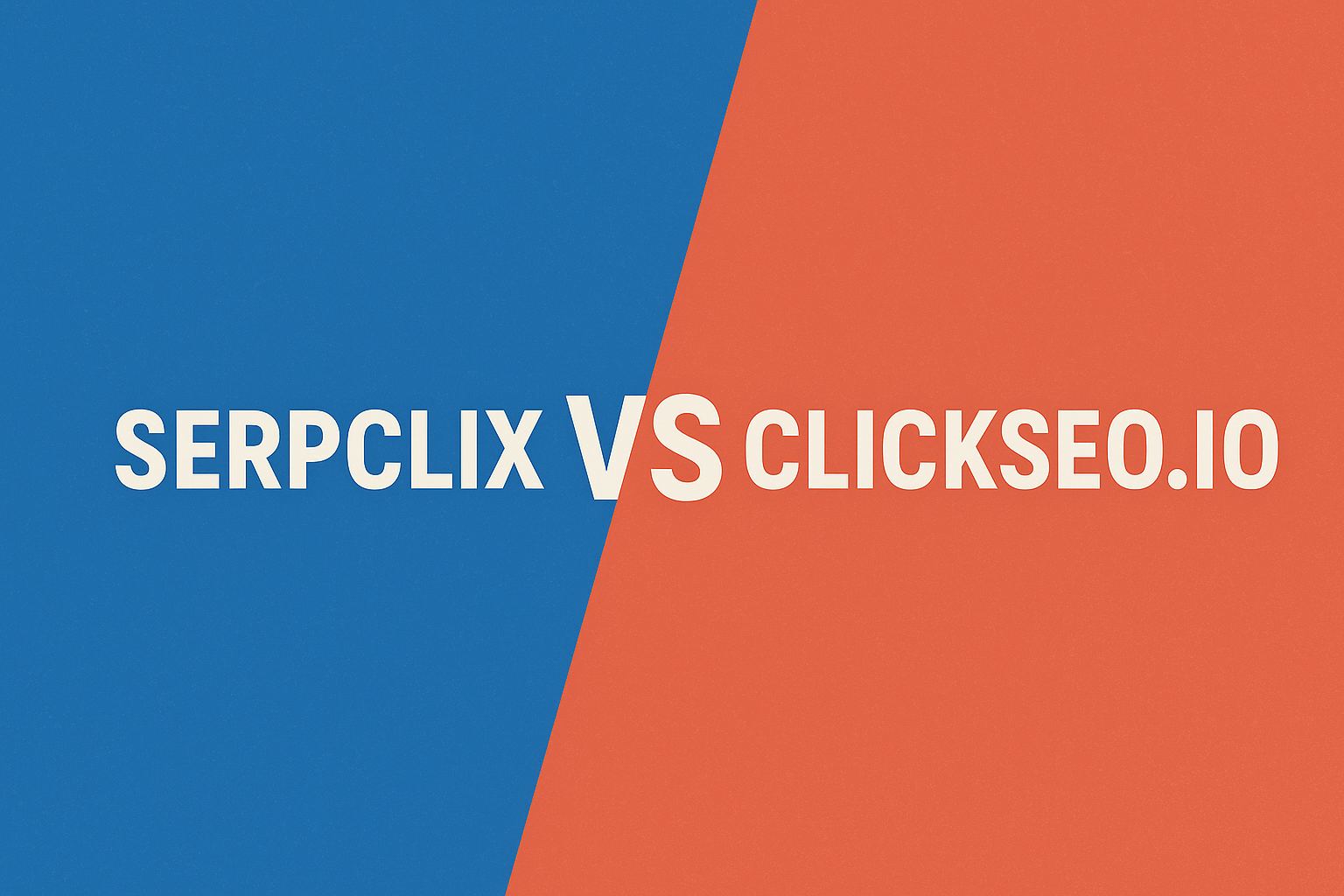
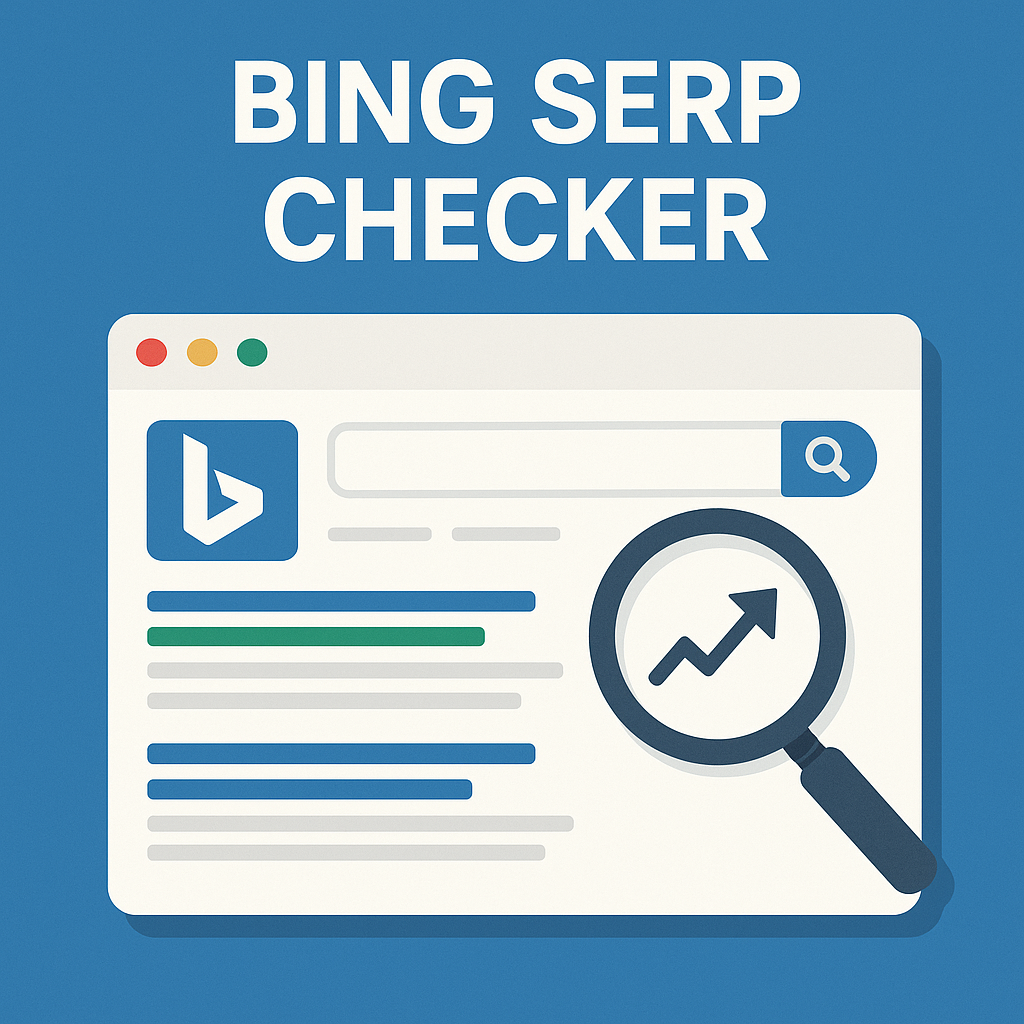
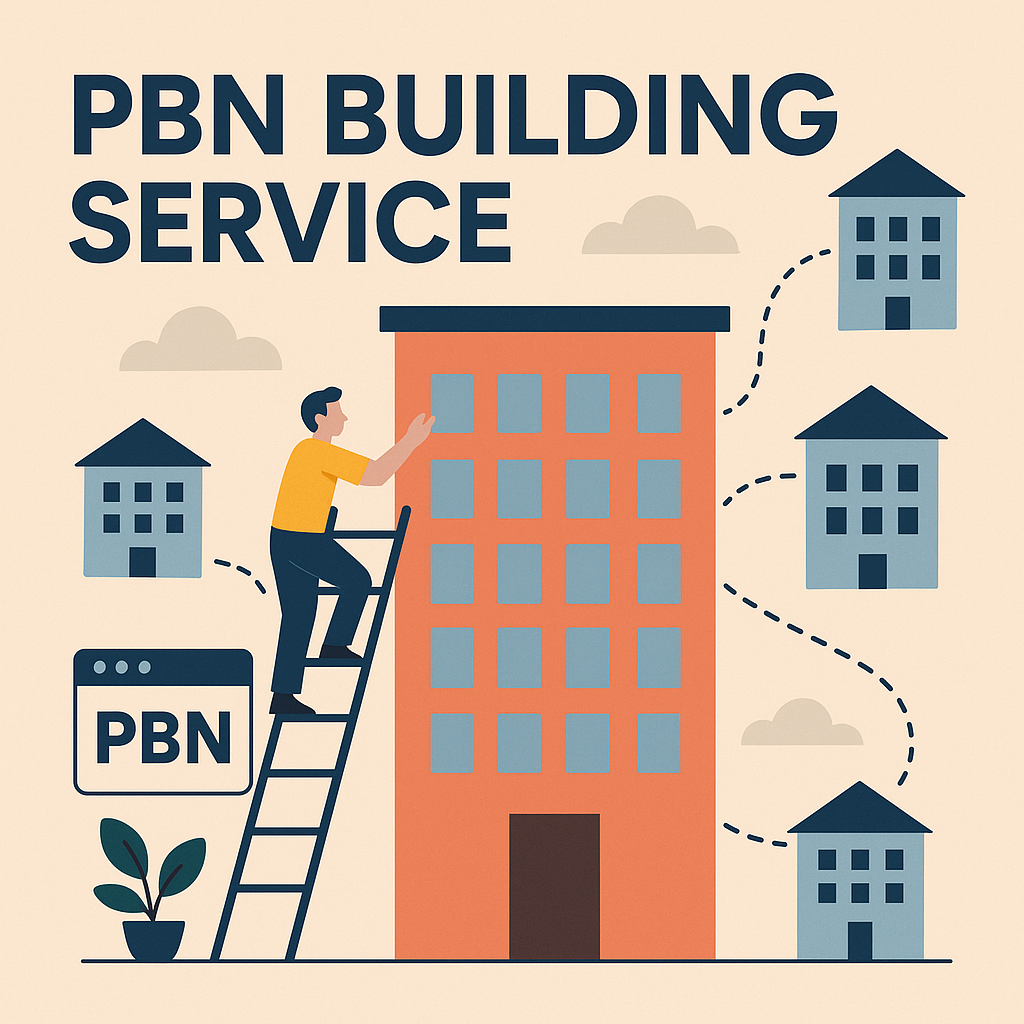
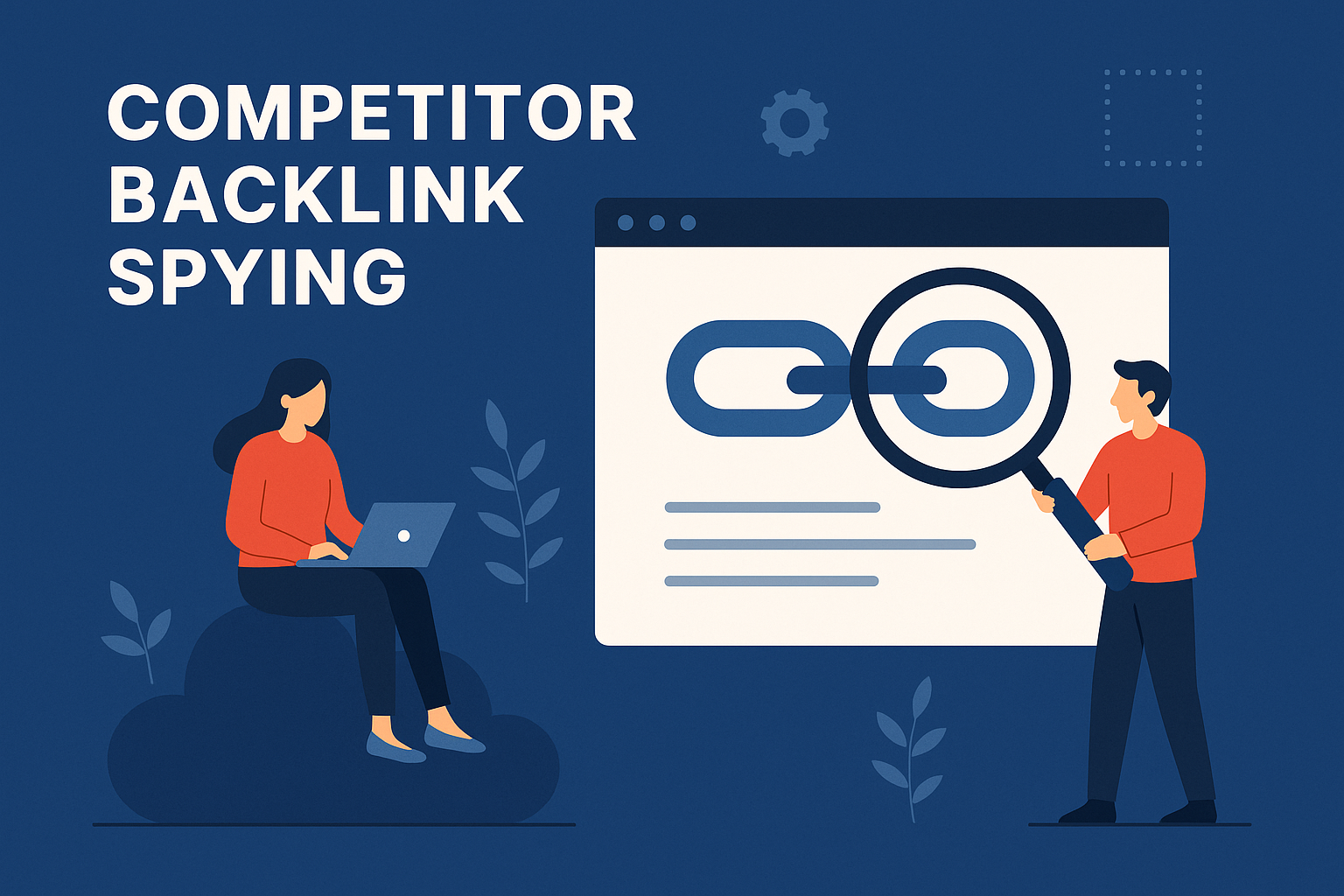
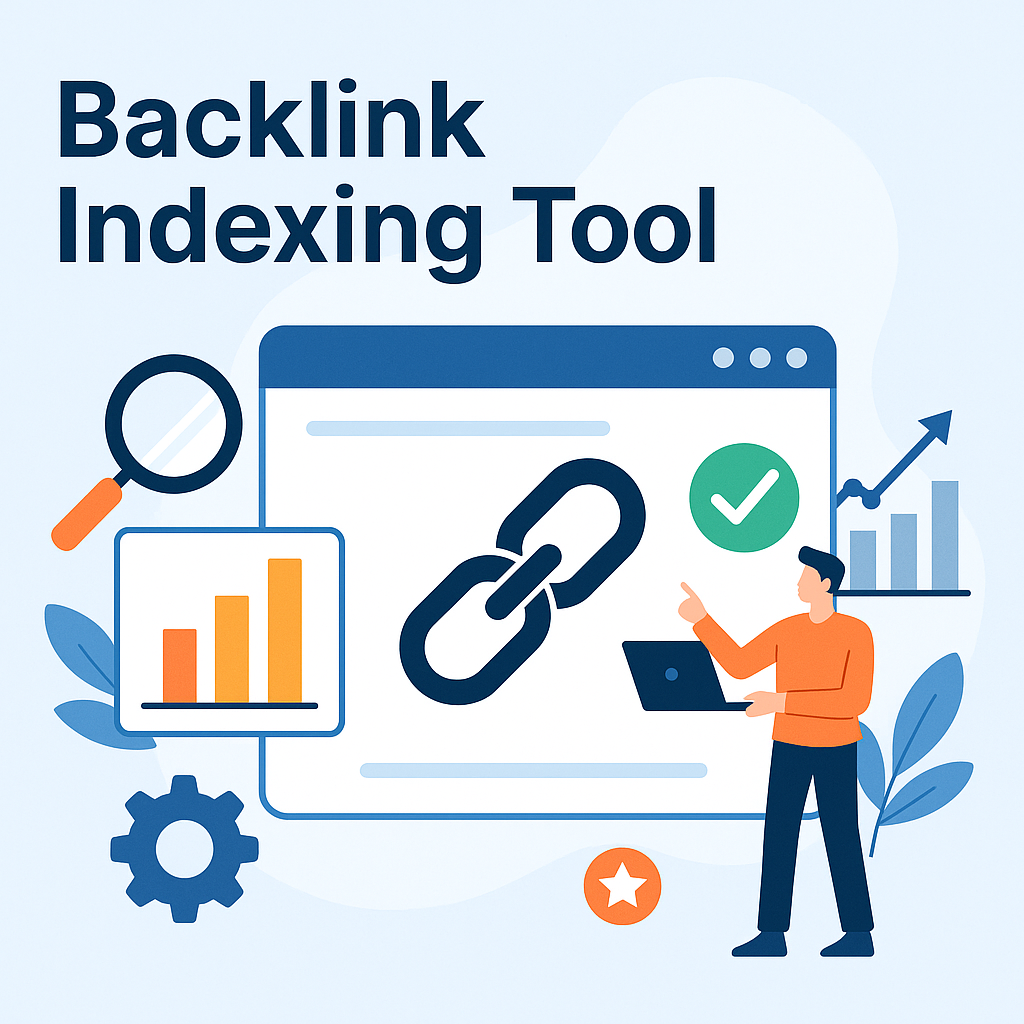


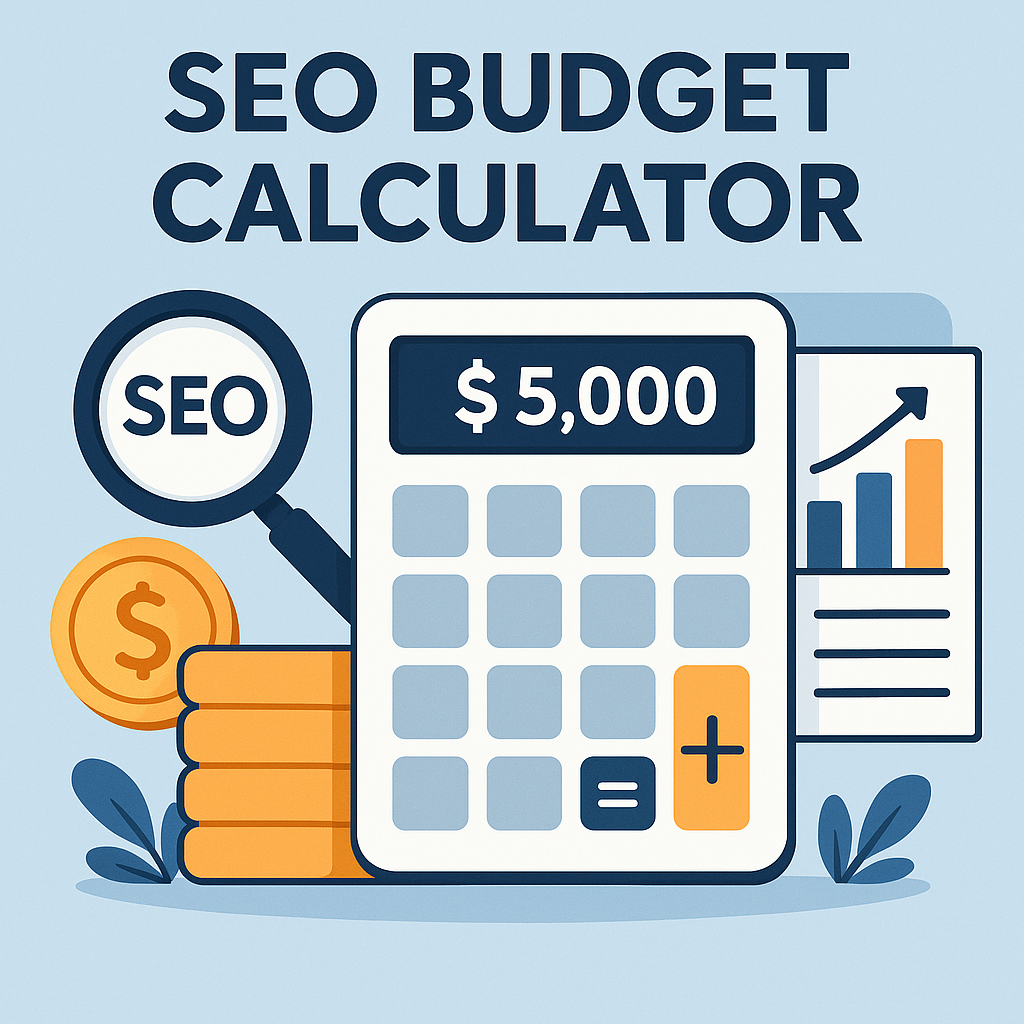
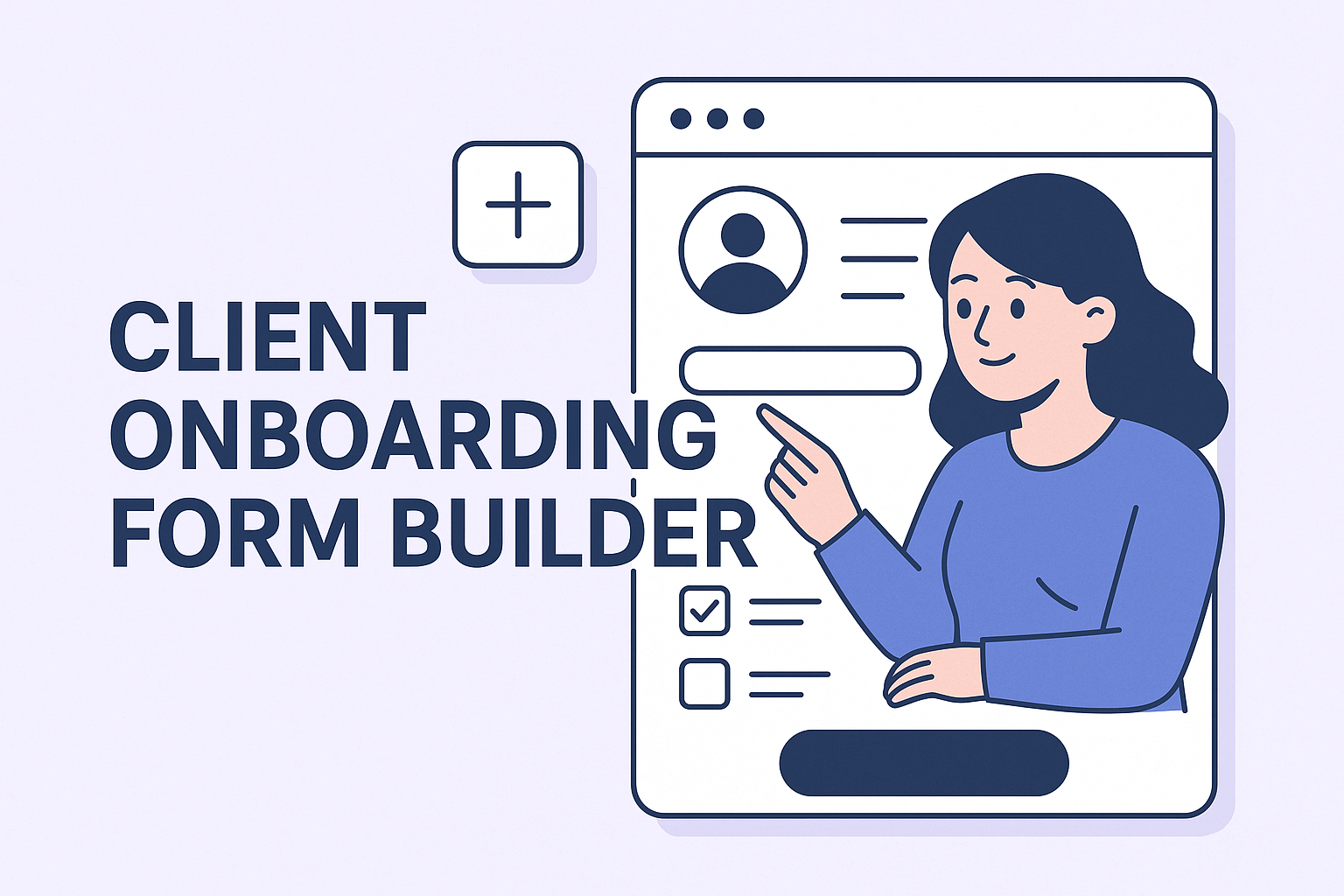
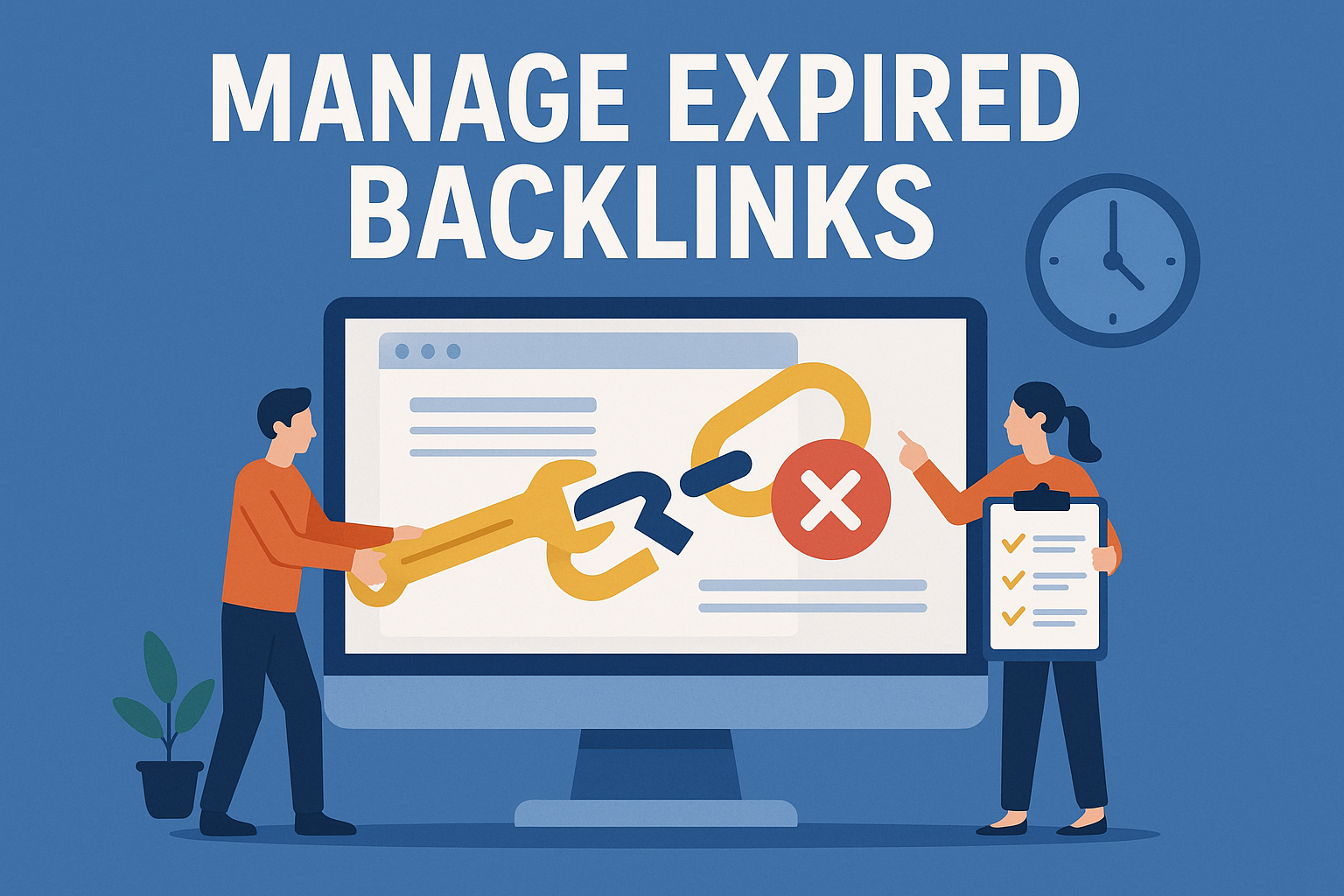

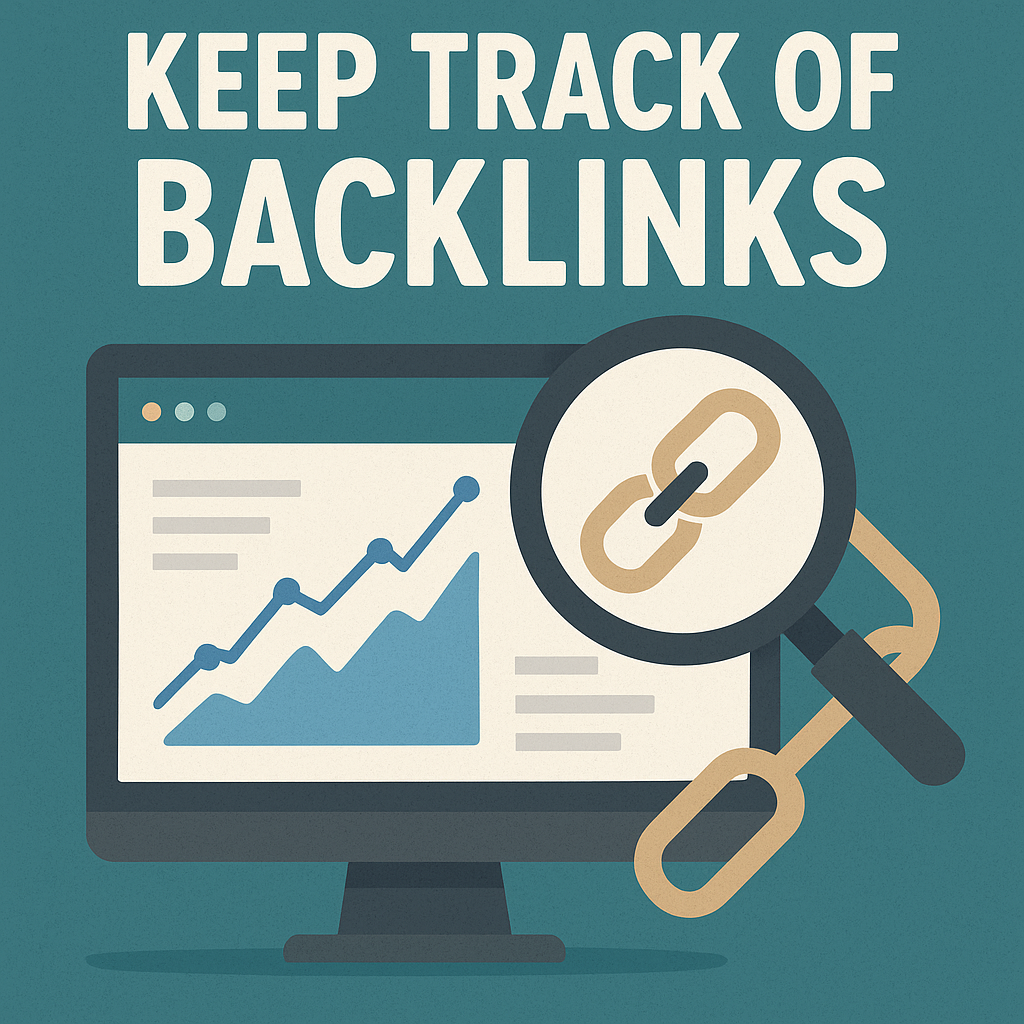
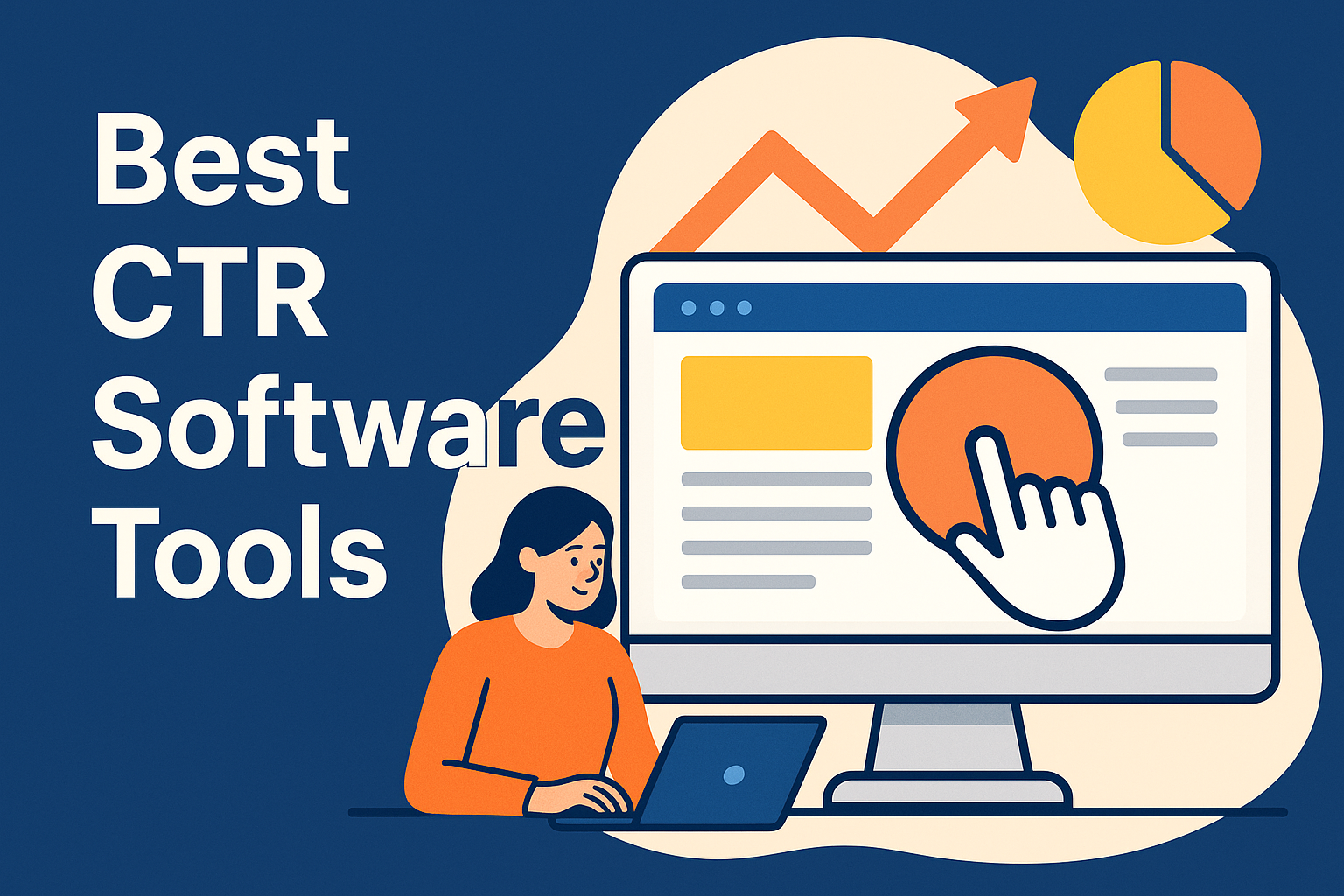

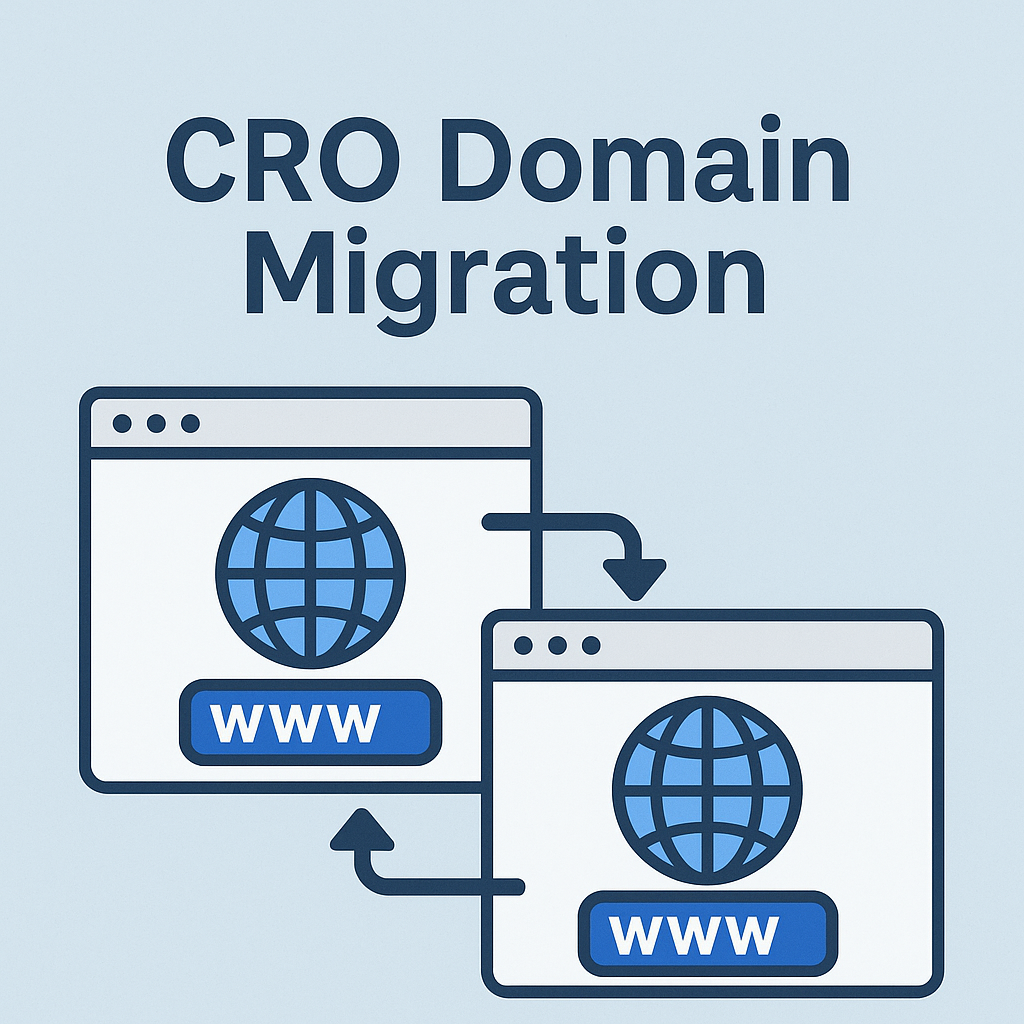

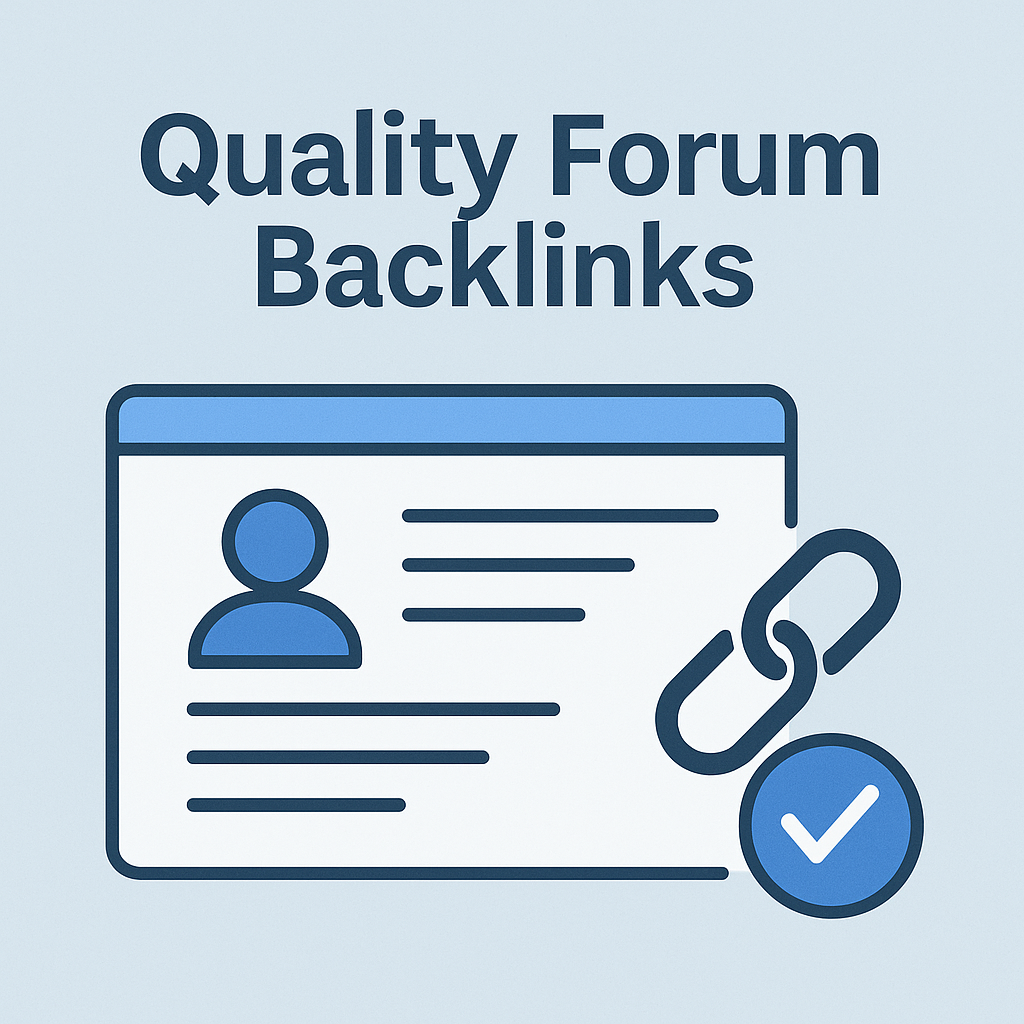
![Best Link Exchange Sites [Free & Safe] – Top 5 Picks](https://backlinkmanagement.io/wp-content/uploads/2025/04/Free-Link-Exchange.png)


